
Not Perfect, Just Alive
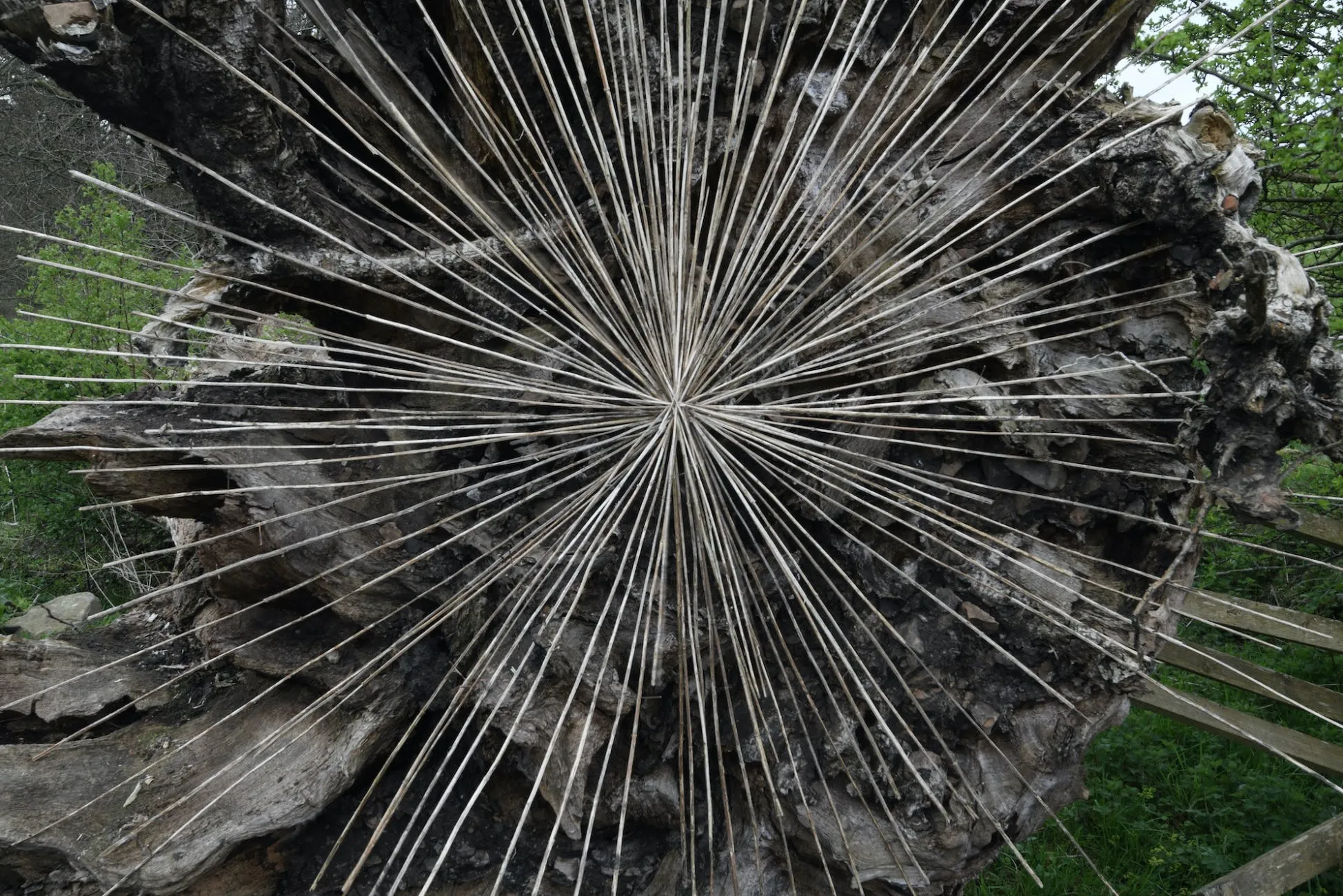
Under the New Moon in Taurus, everything shifts just slightly closer to the senses.
This is a moon of form, texture, and quiet beauty—the kind that’s felt before it’s seen.
It made me think about the relationship between art and nature.
How the most resonant spaces don’t just show us beauty—they remind us of something already living inside us.
And how design, at its best, feels less like invention—and more like a return.
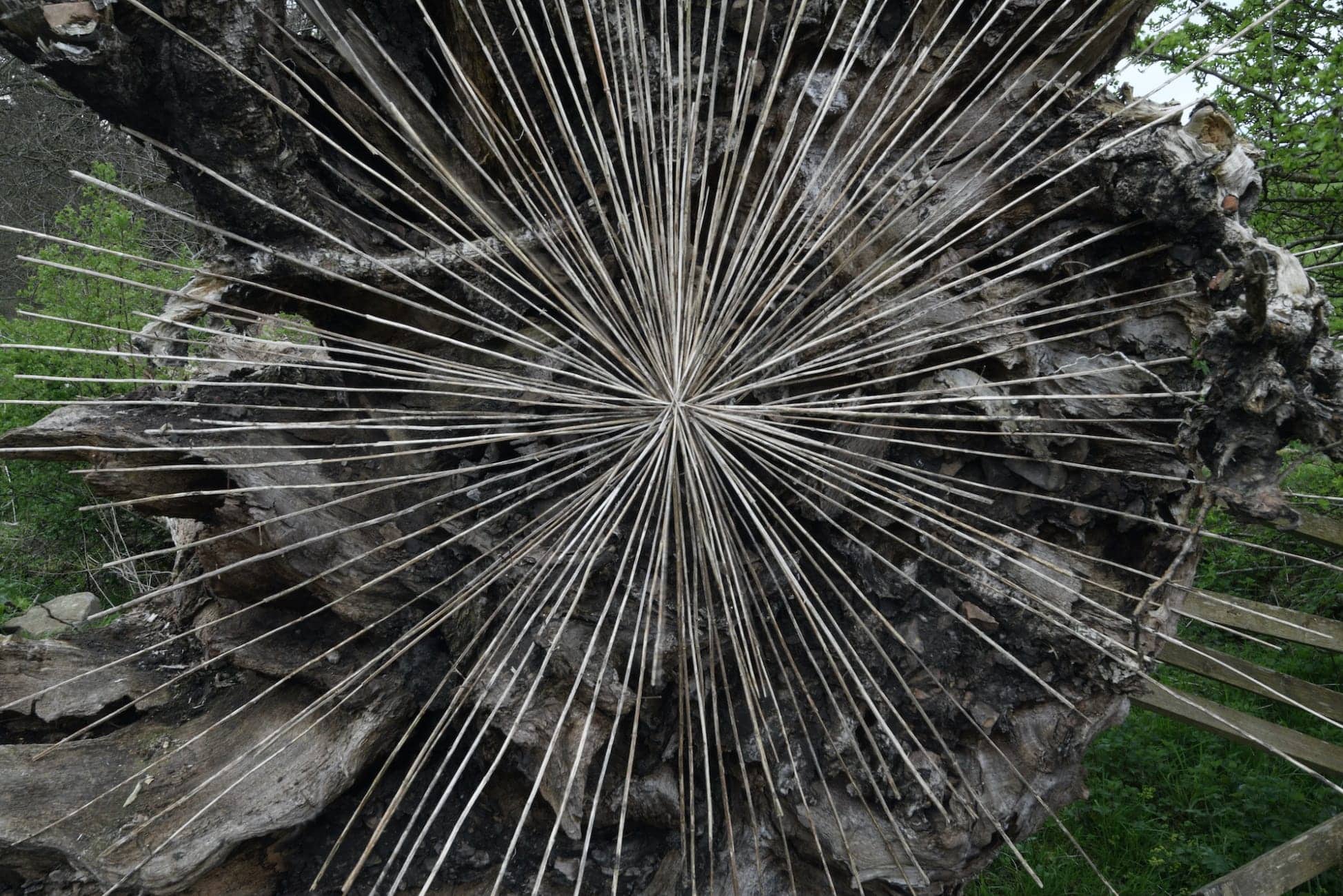
Why organic form stays with us
Neuroaesthetics research shows we are biologically drawn to organic forms: curves, fractals, flowing lines—the same patterns found in rivers, trees, and coastlines.
“The brain finds fractal patterns soothing because they mirror the natural rhythms it evolved with.”
— Dr. Richard Taylor, University of Oregon
Viewing these shapes has been shown to lower stress by up to 60%, calming the nervous system and inviting the mind into reflection.
Art that carries these forms doesn’t just decorate a space—it restores something ancestral in us.
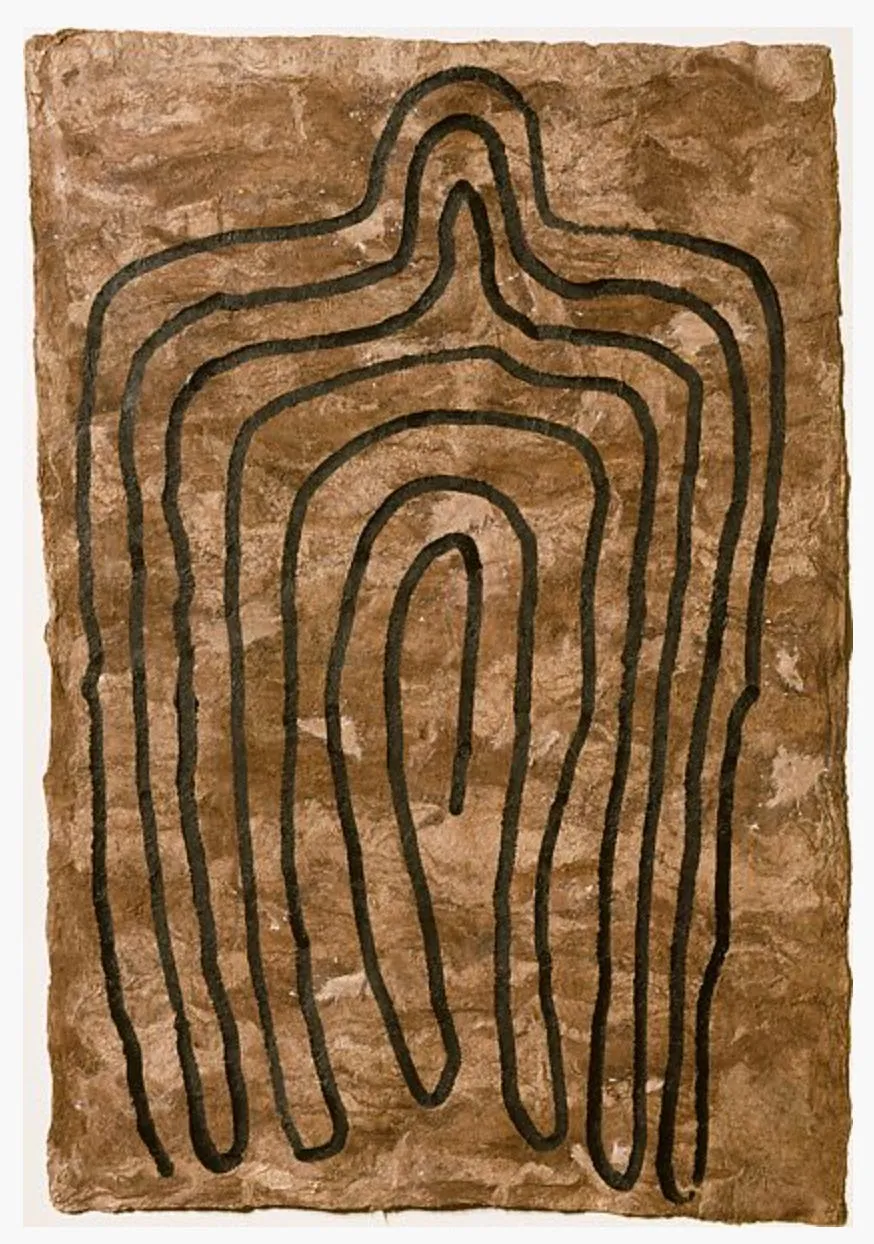
Artists who weave nature into the work
Naminapu Maymuru-White paints the ancestral rhythms of land, sea, and sky onto tree bark, using earth pigments.
Each surface feels alive with the memory of land—cosmic yet rooted.
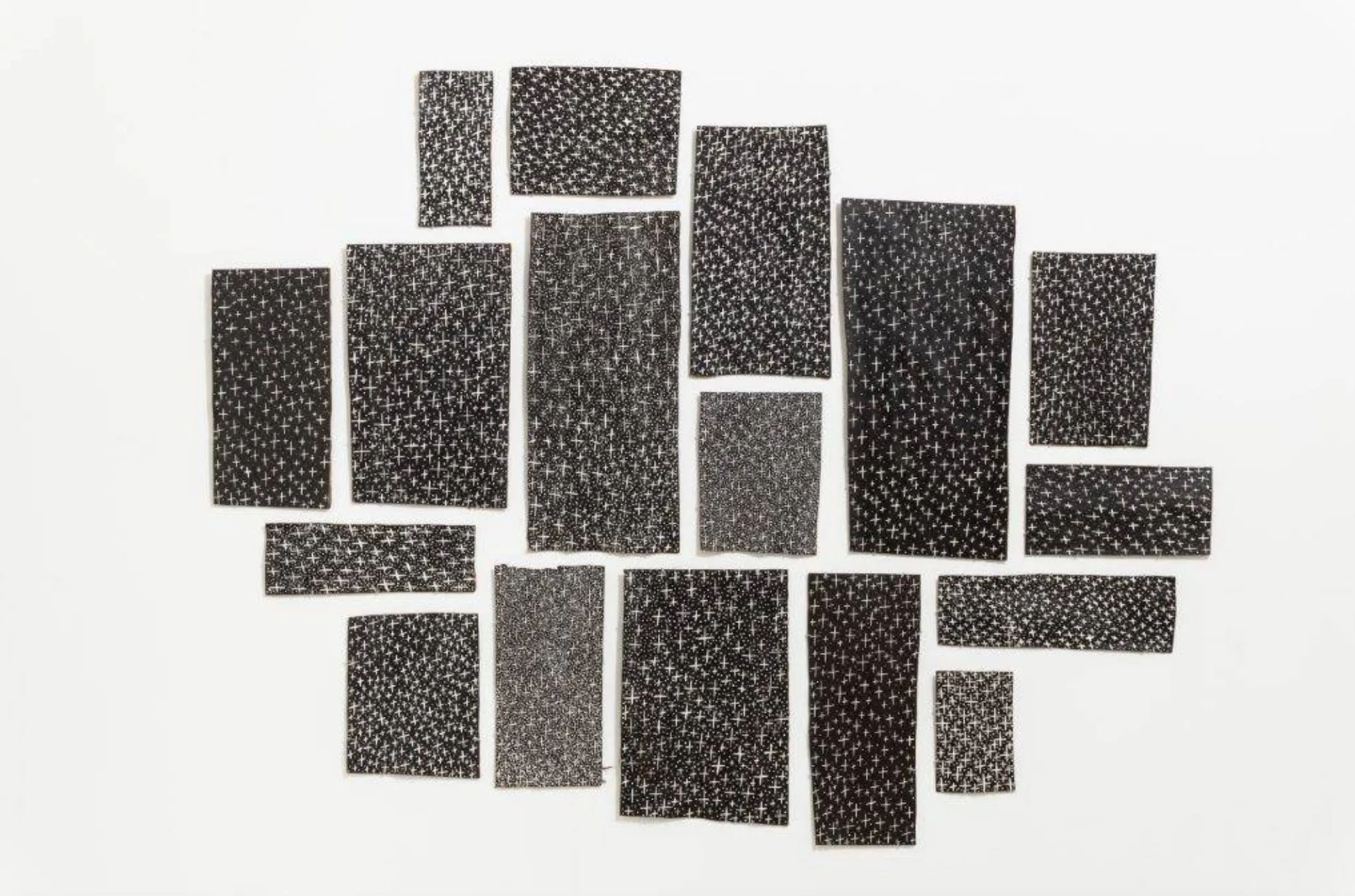
Isamu Noguchi carved stone and earth into forms that feel unearthed, not made—merging sculpture with the quiet intelligence of landscapes.

Abel Rodríguez draws Amazonian ecosystems entirely from memory, layering rivers, medicinal plants, and forests into maps that are as much emotional archive as environmental portrait.
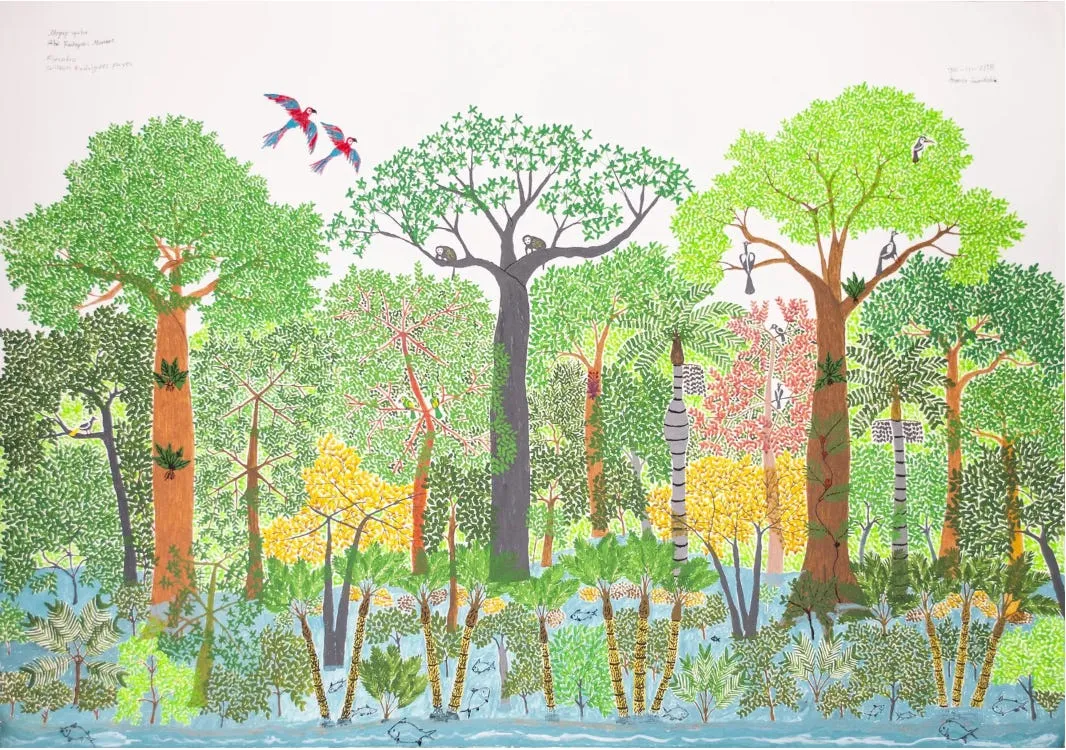
These artists don’t just reference nature.
They continue its logic: flow, irregularity, adaptation.
Art, like nature, leaves room for imperfection
In nature, nothing is perfectly symmetrical or finished—and that's what makes it feel alive.
The most resonant art works the same way.
Visible brushstrokes. Raw edges. Textures that hold the hand's memory.
Imperfection isn't a flaw in art.
It’s an invitation to trust it—to believe it belongs to the living world, not apart from it.
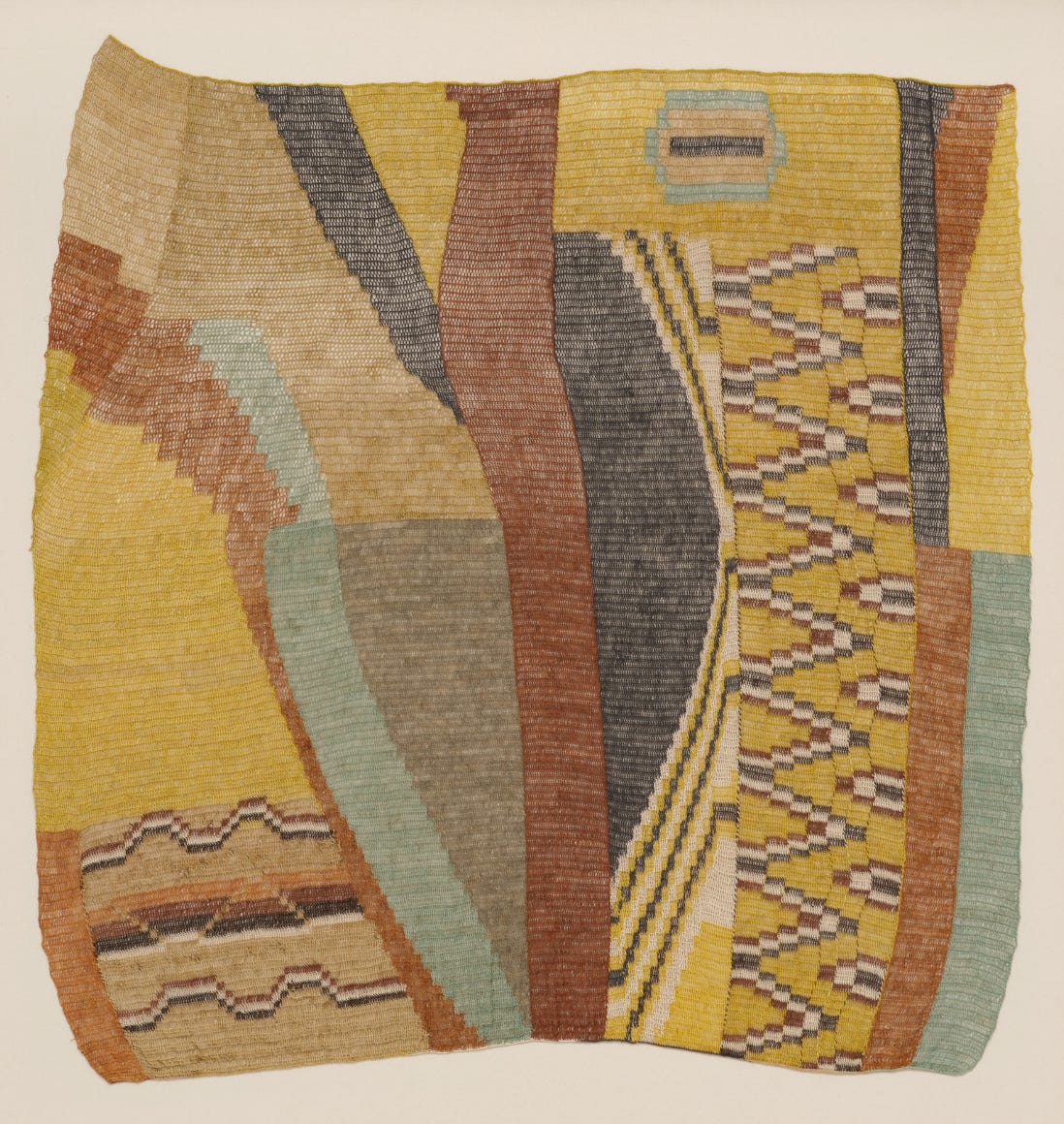
What the brain feels (even if you don’t notice)
Naturalistic art activates regions of the brain responsible for memory, emotional regulation, empathy, and creative thought.
"Naturalistic art invites the brain into a restorative mode."
— Dr. Anjan Chatterjee, Penn Center for Neuroaesthetics
Art doesn’t just decorate a space.
It rewires how we experience it—lowering stress, inviting reflection, strengthening the feeling of being at home in the world.
How to curate with nature in mind
- Choose pieces that feel alive, not sterile.
- Prioritize natural materials—clay, linen, wood, pigment.
- Embrace imperfection and organic change.
- Leave space around the piece so it can resonate in the room.

Final thought:
The best art doesn’t interrupt.
It roots, it flows, it shifts.
It moves the way rivers carve stone.
The way trees break open the ground.
The way beauty leaves an imprint without demanding attention.
Choose what moves like nature.
Choose what stays.
💌
Elle




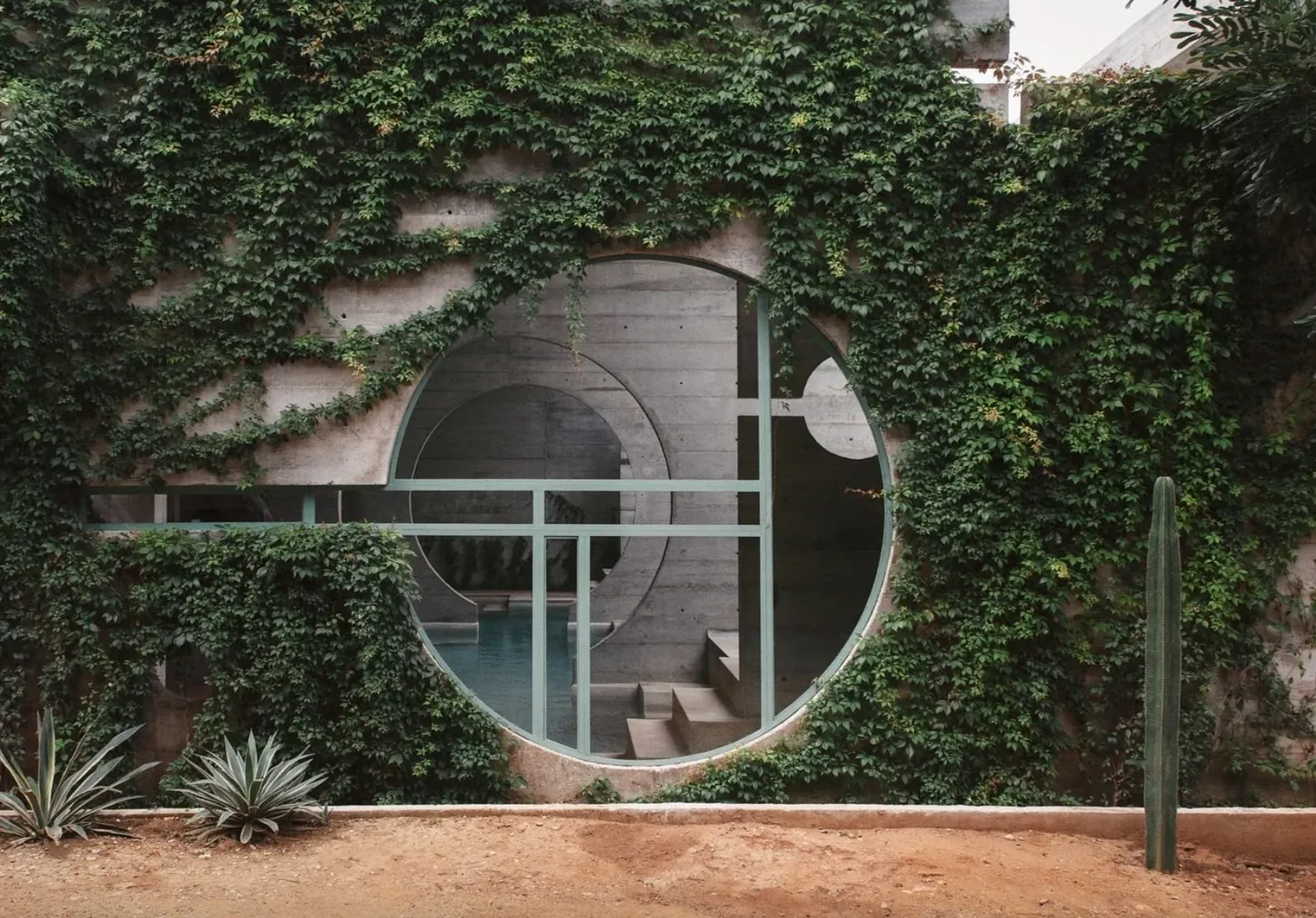
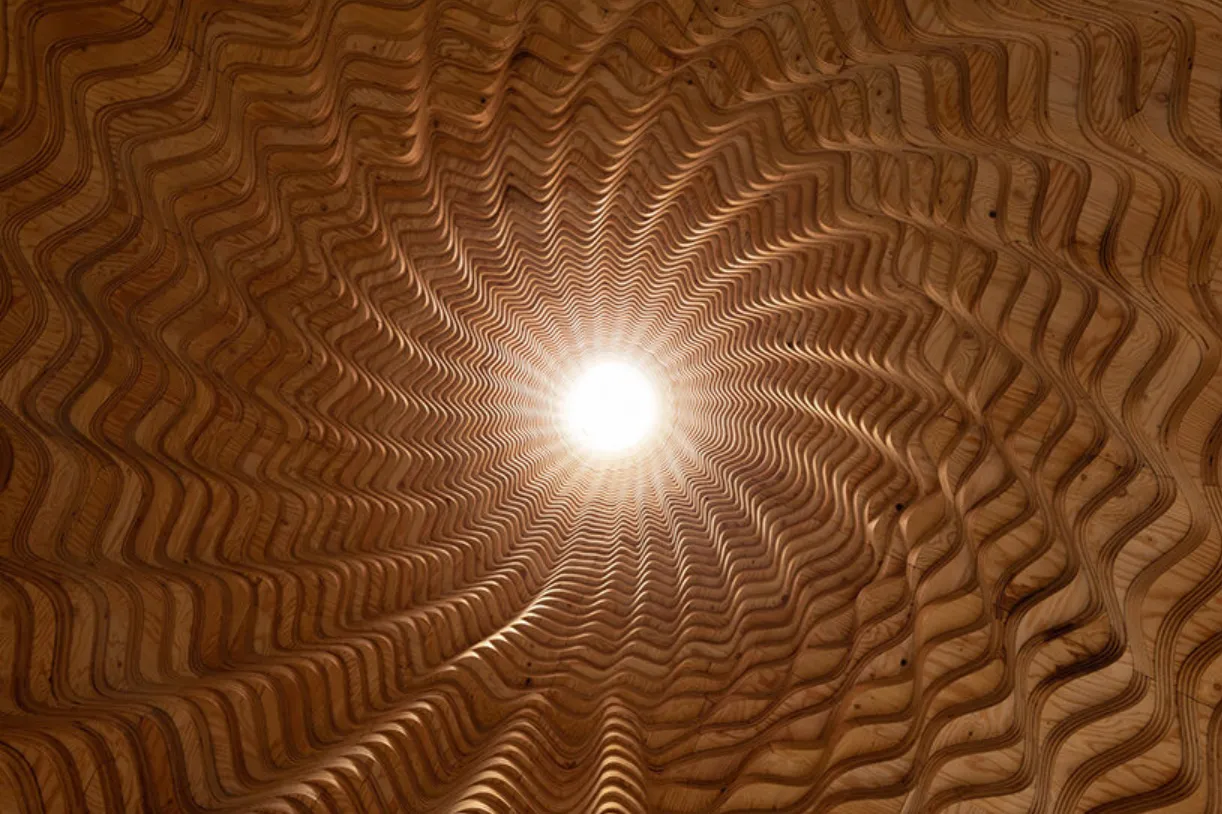
.svg)
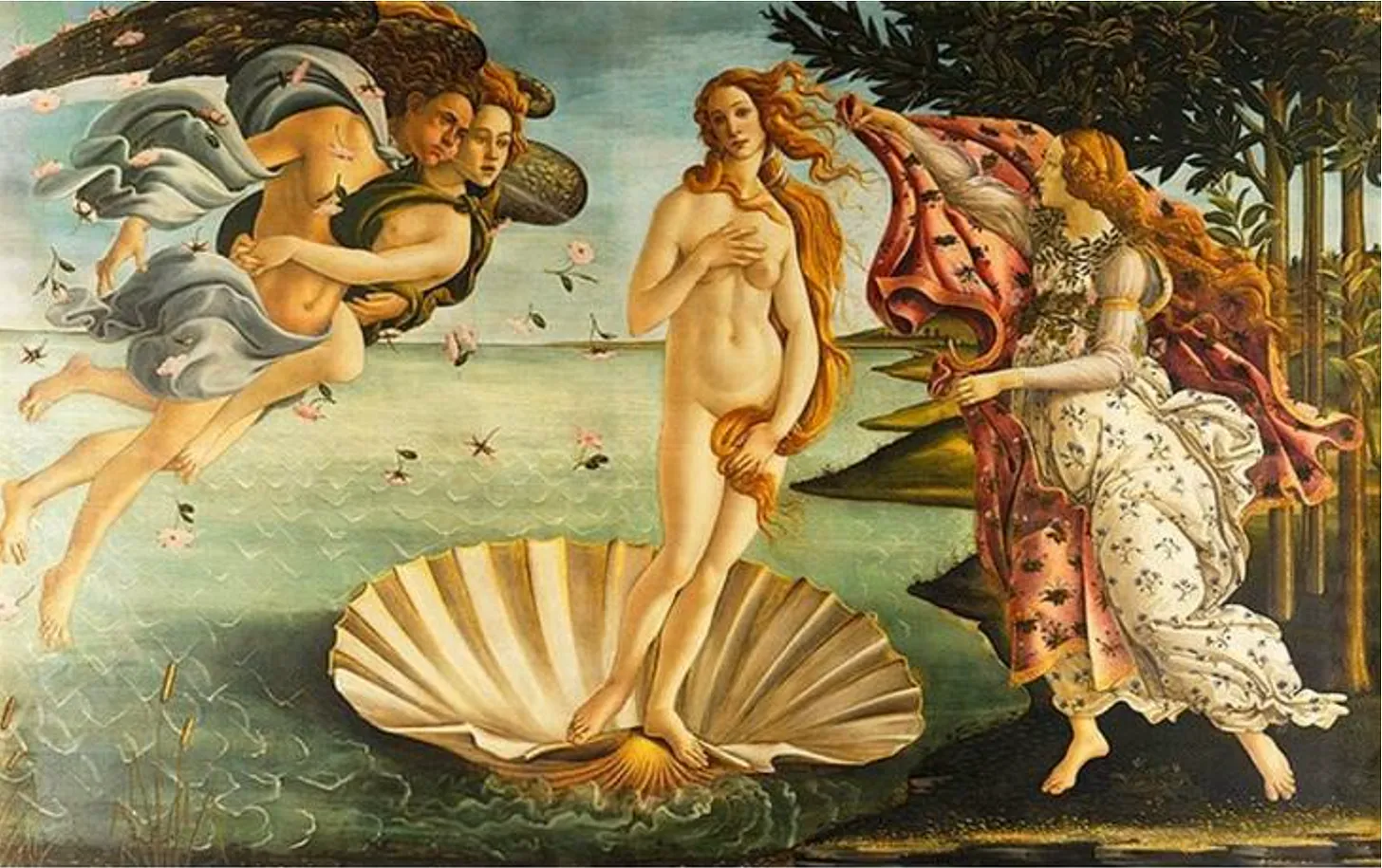
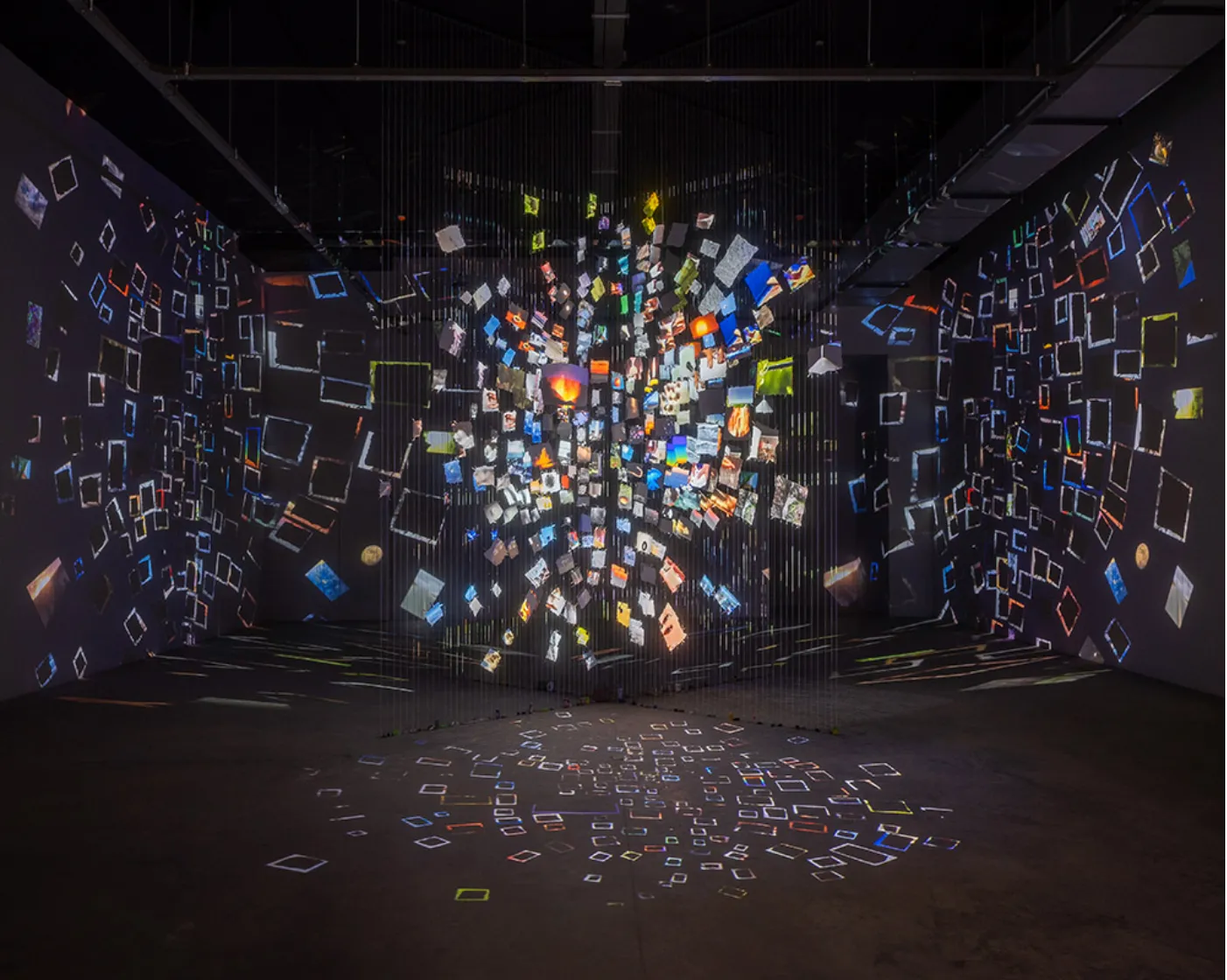
.svg)
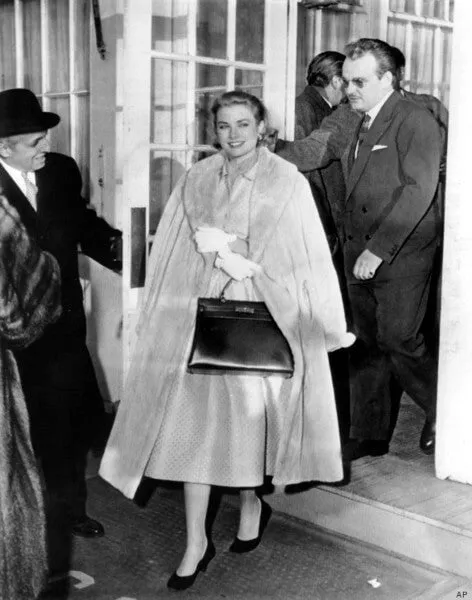
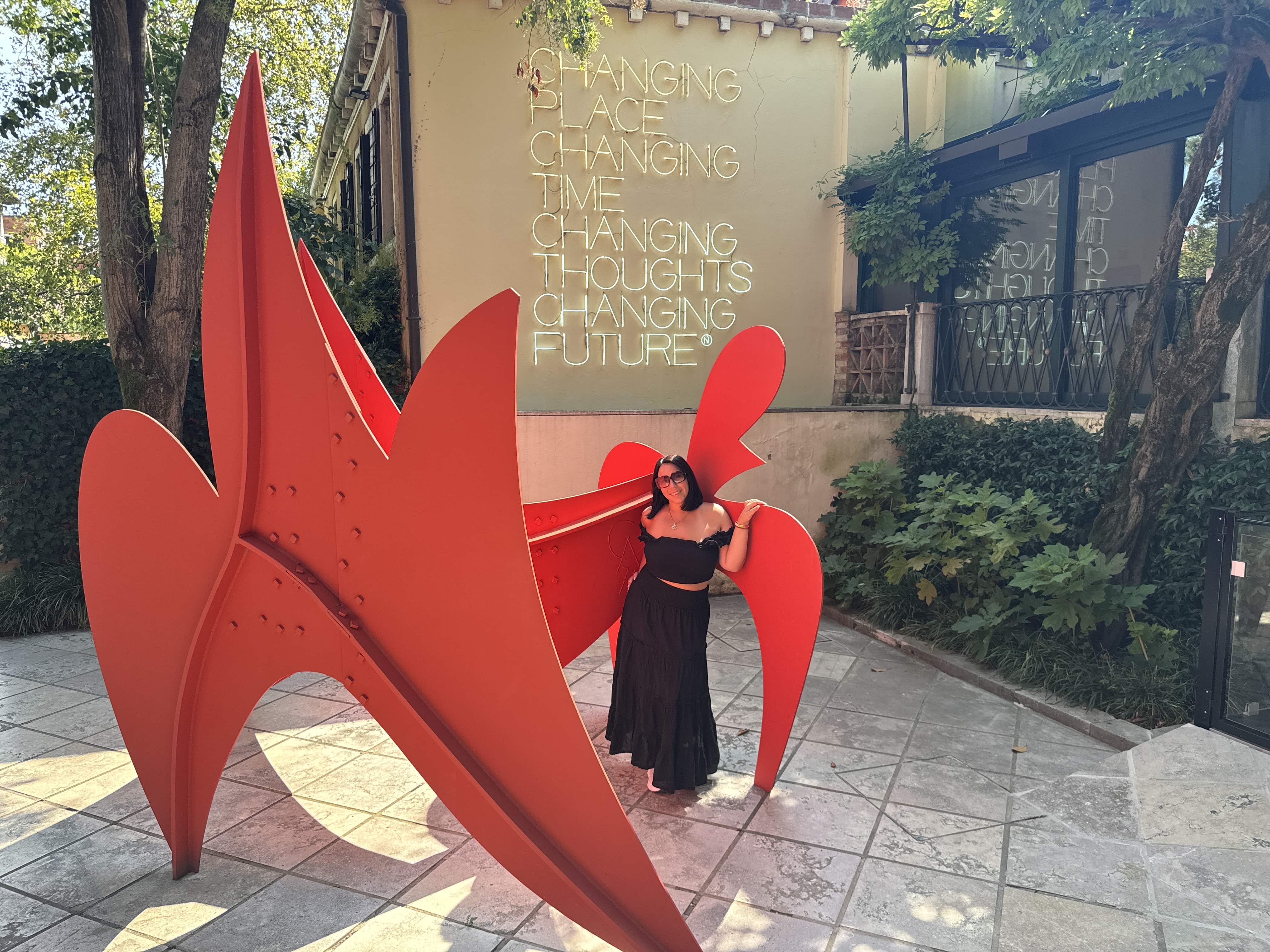
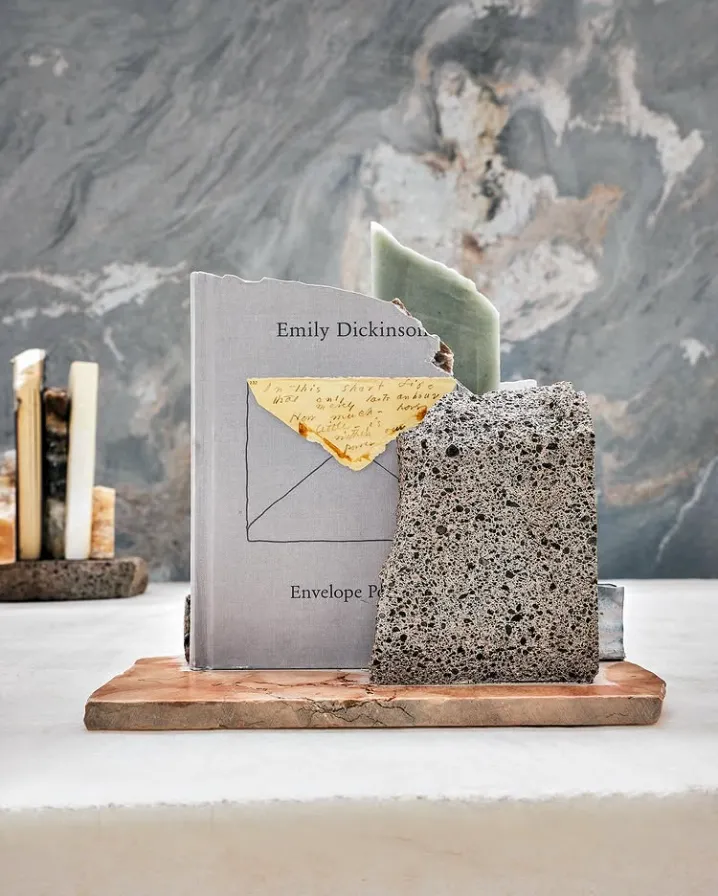
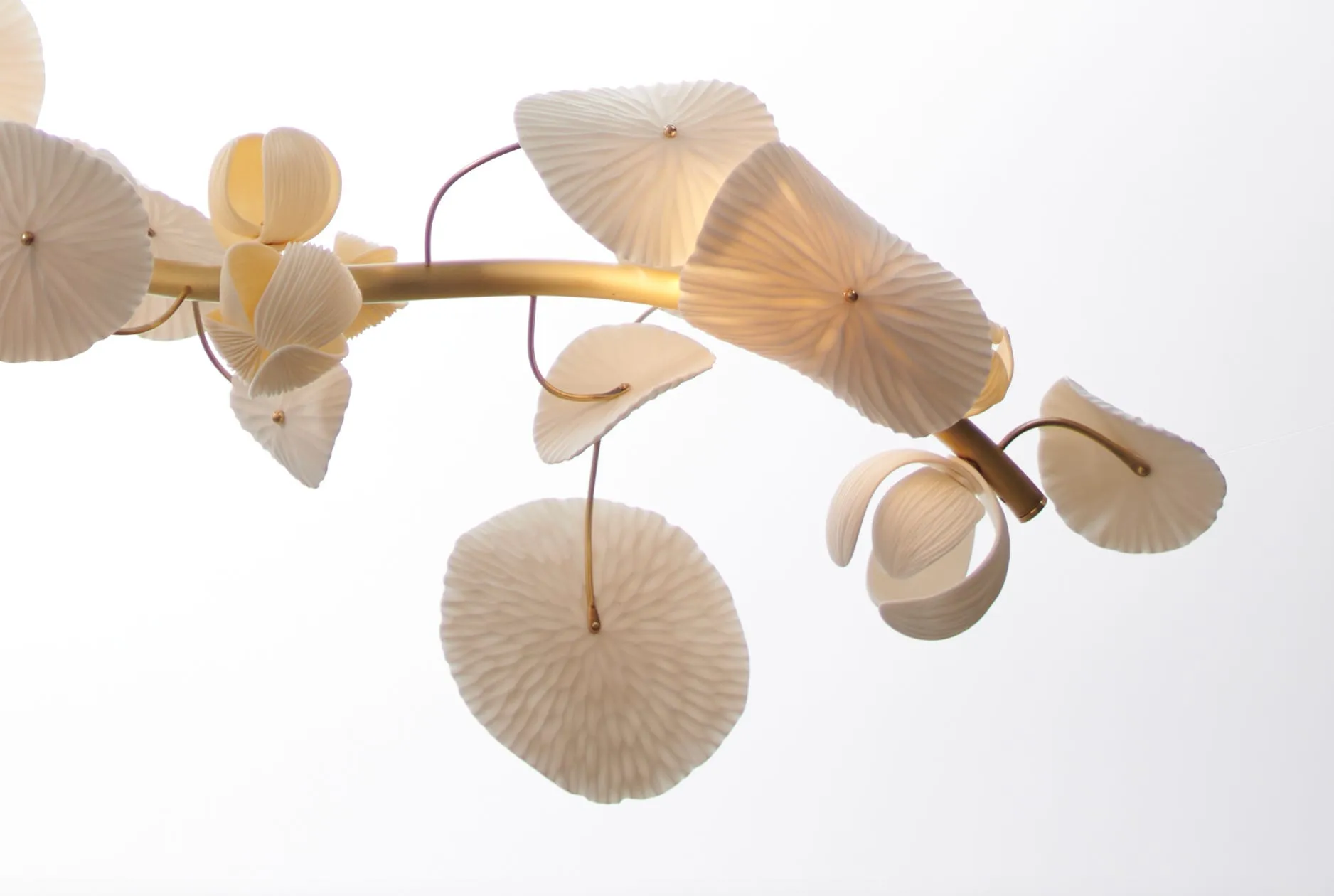

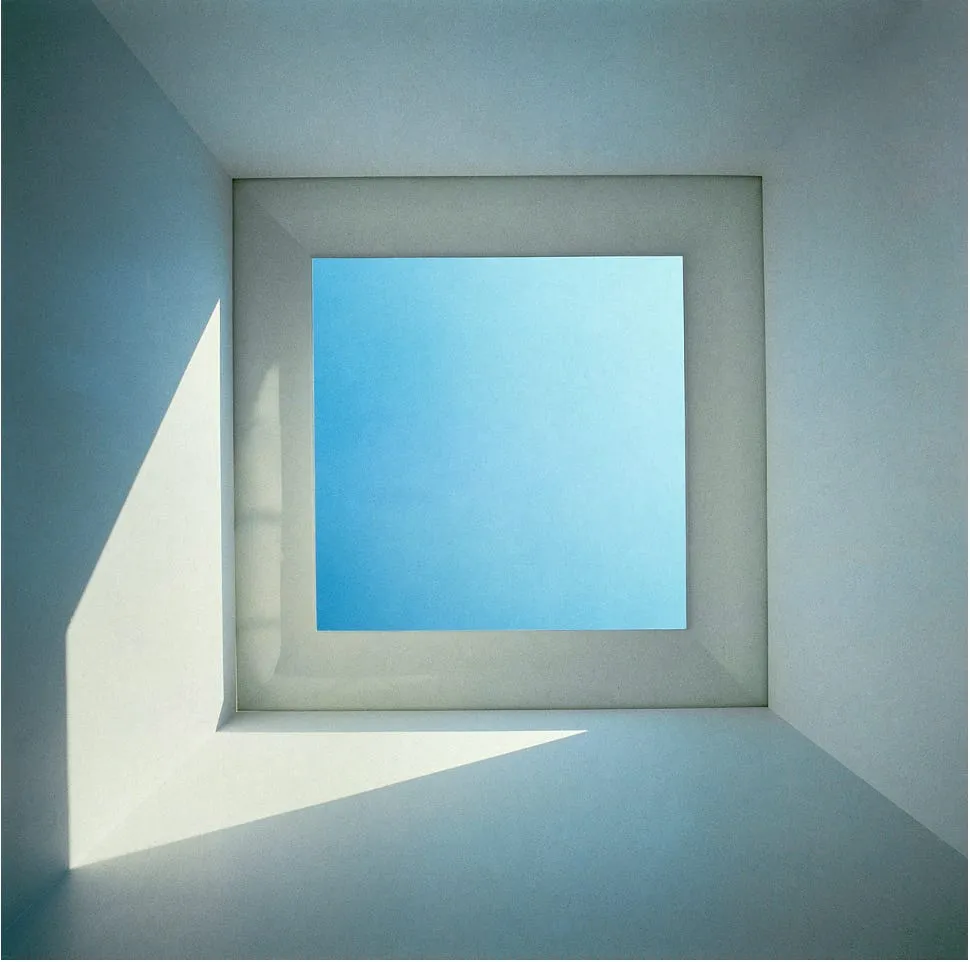
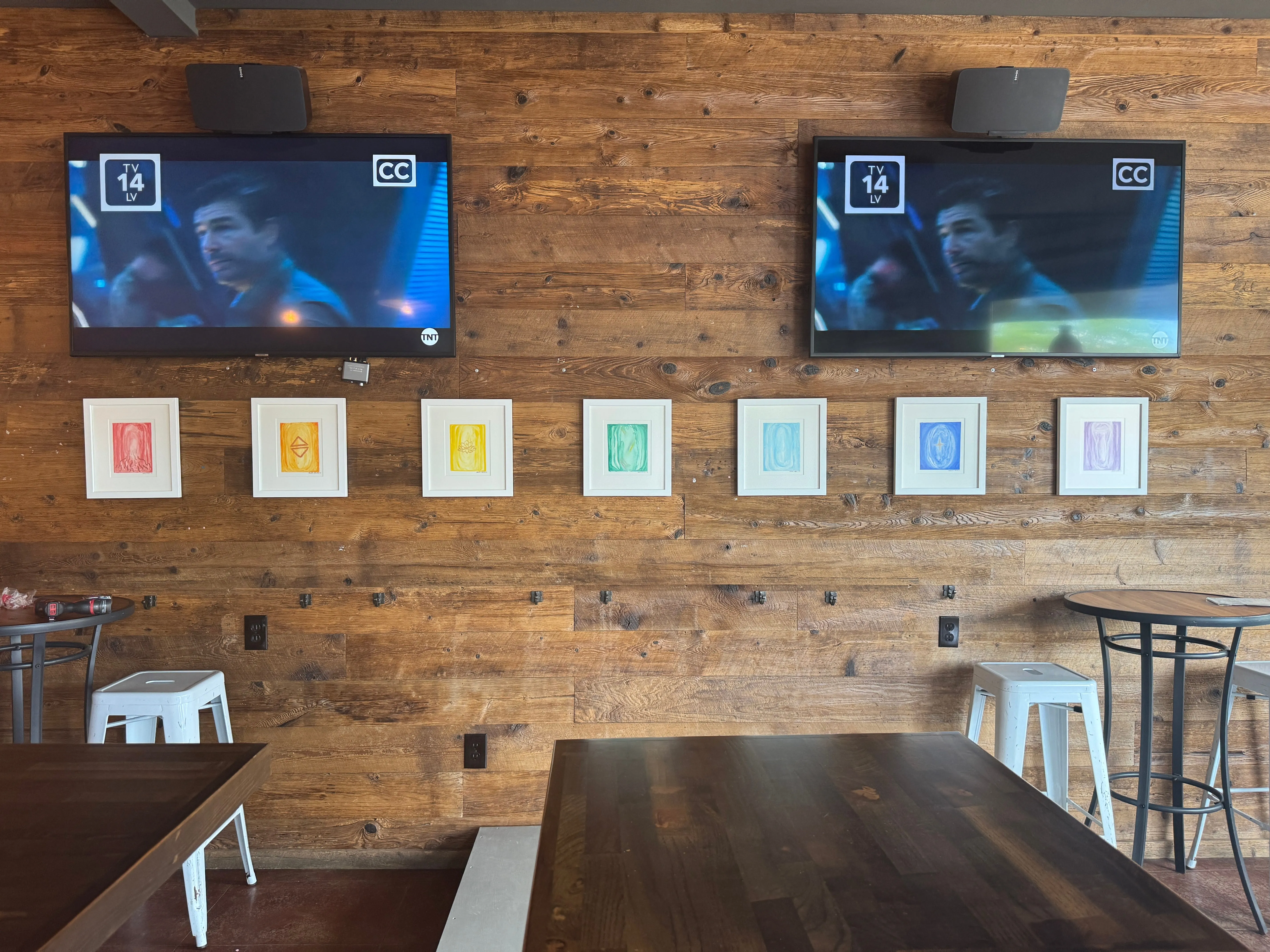
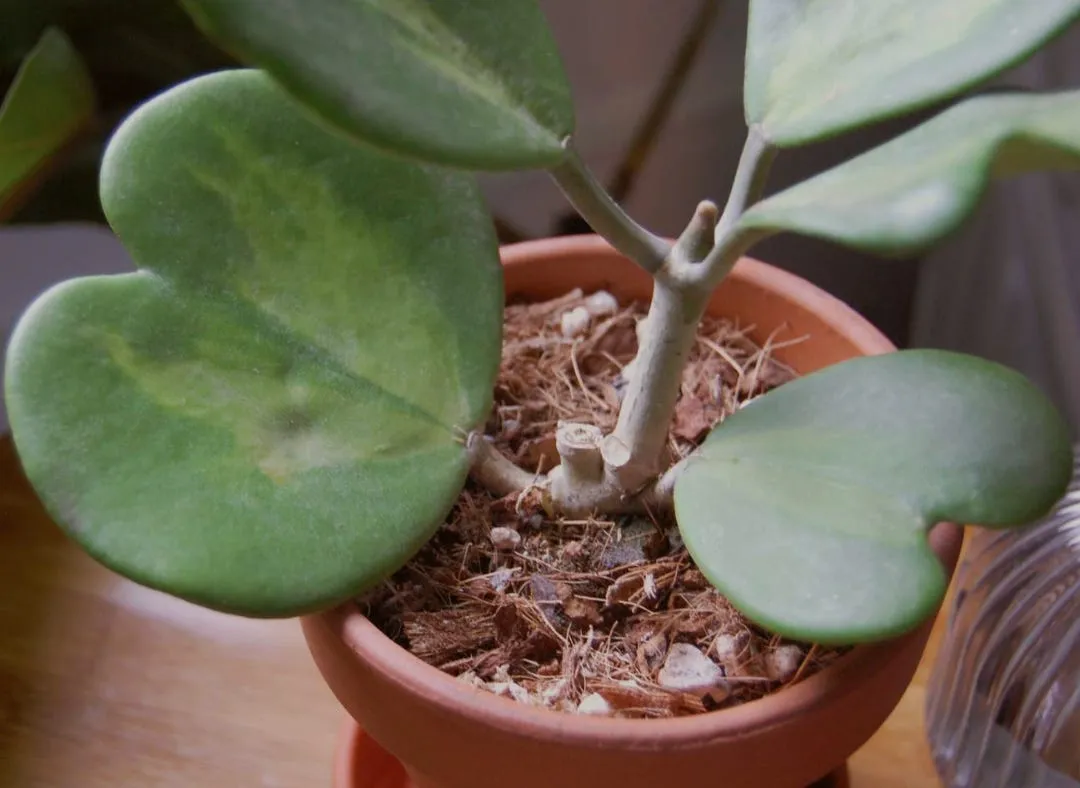
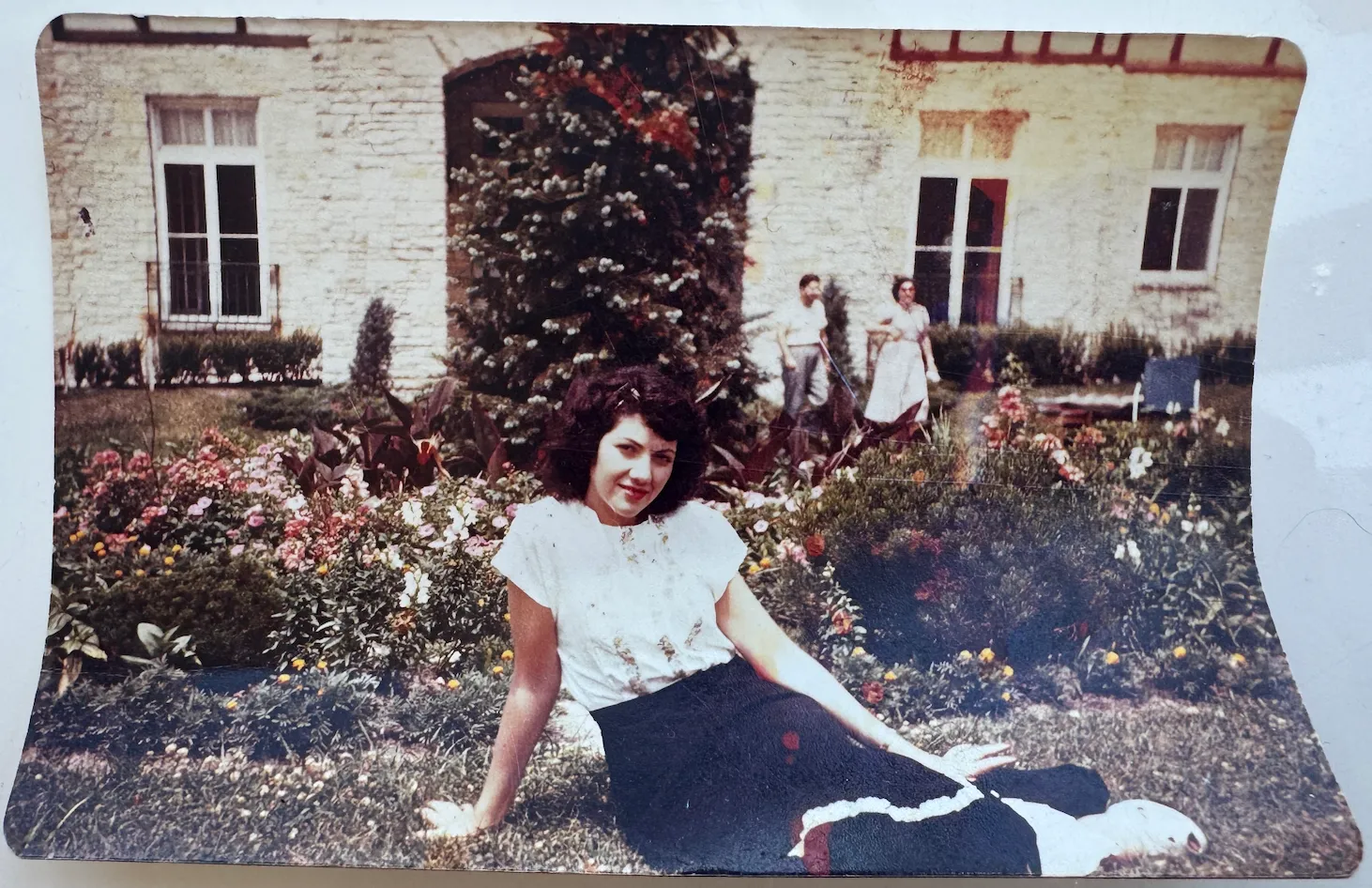

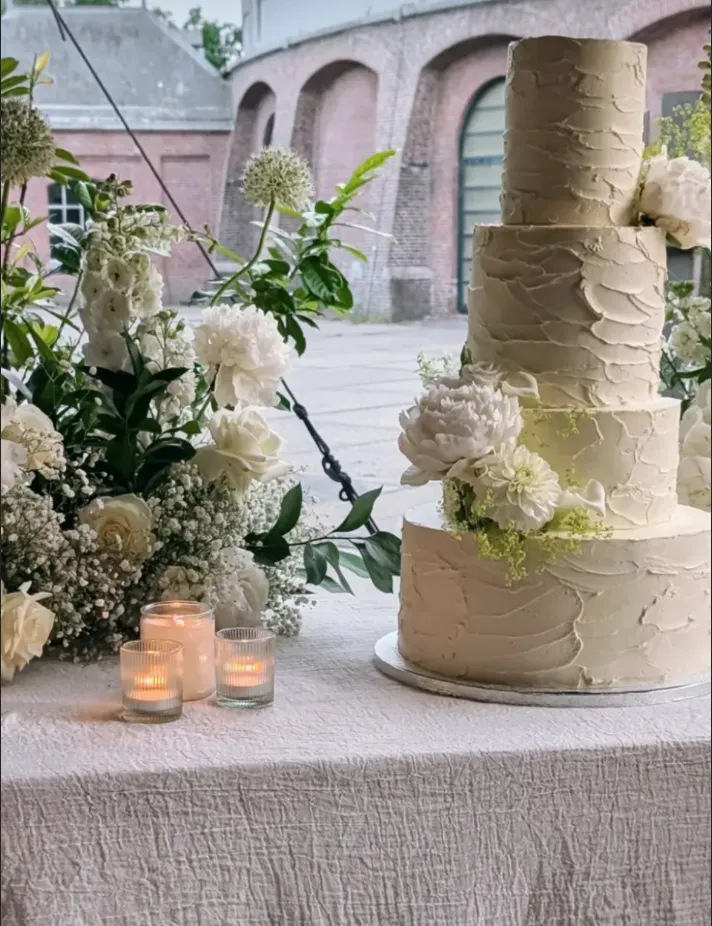
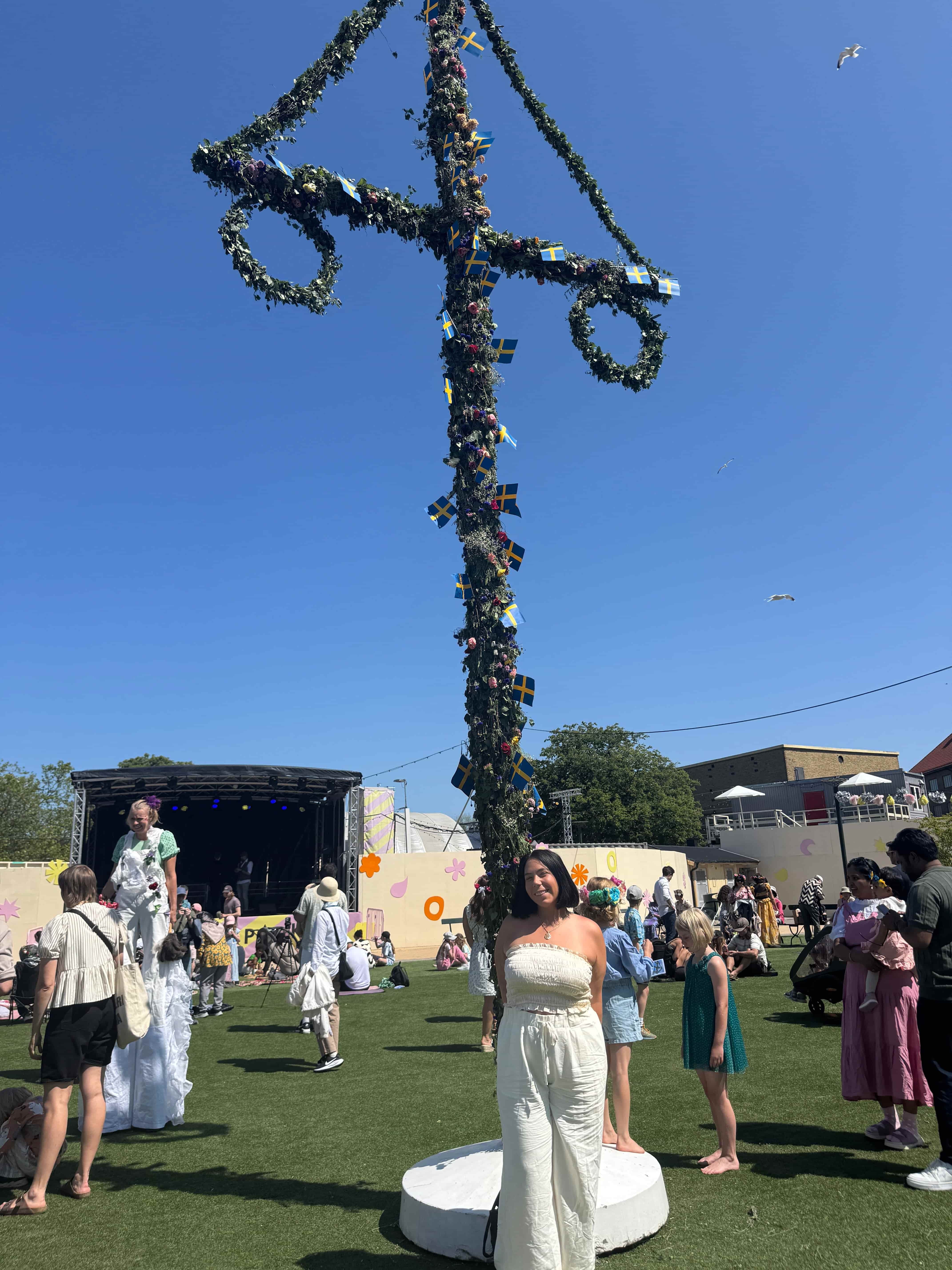

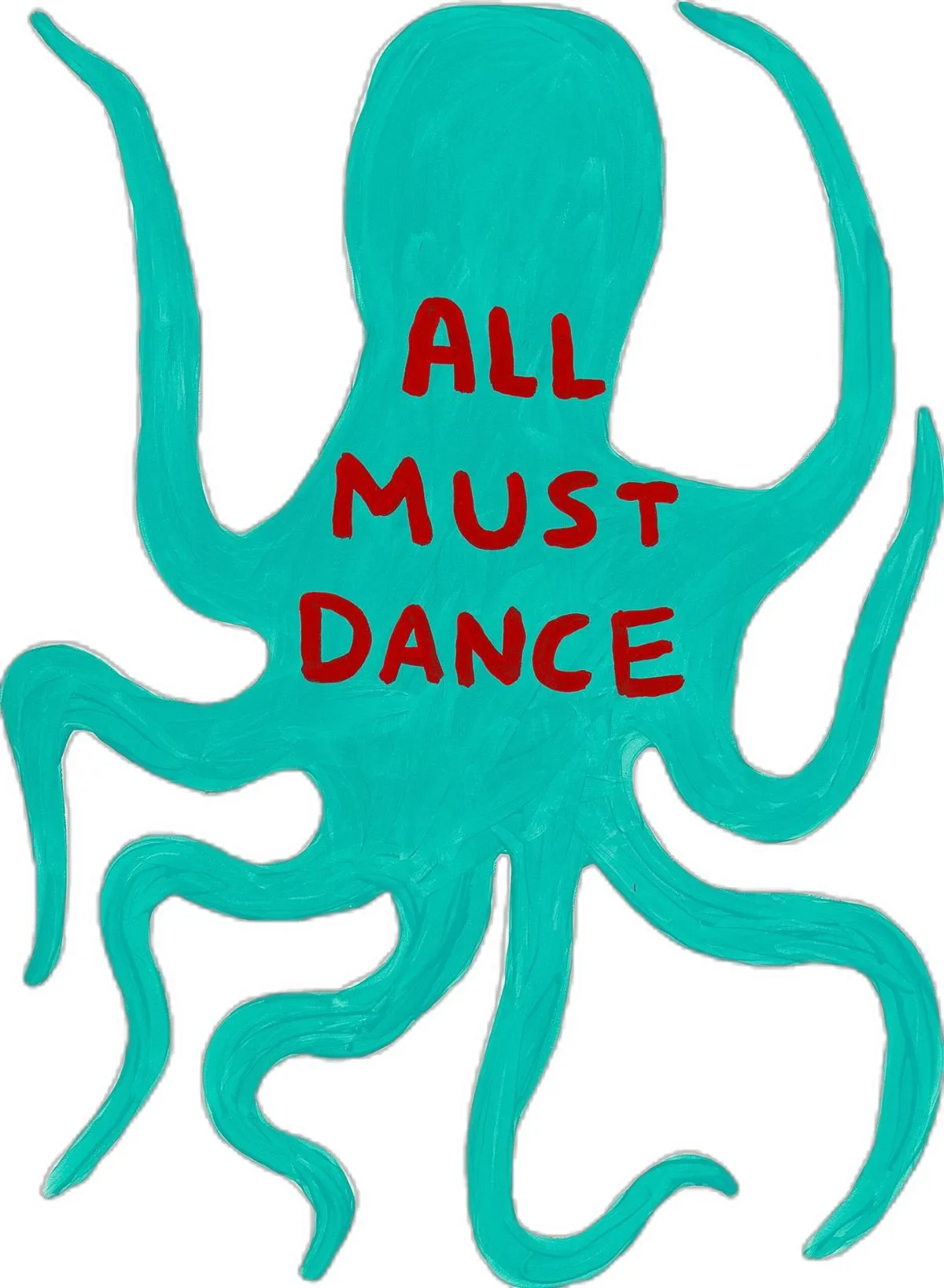


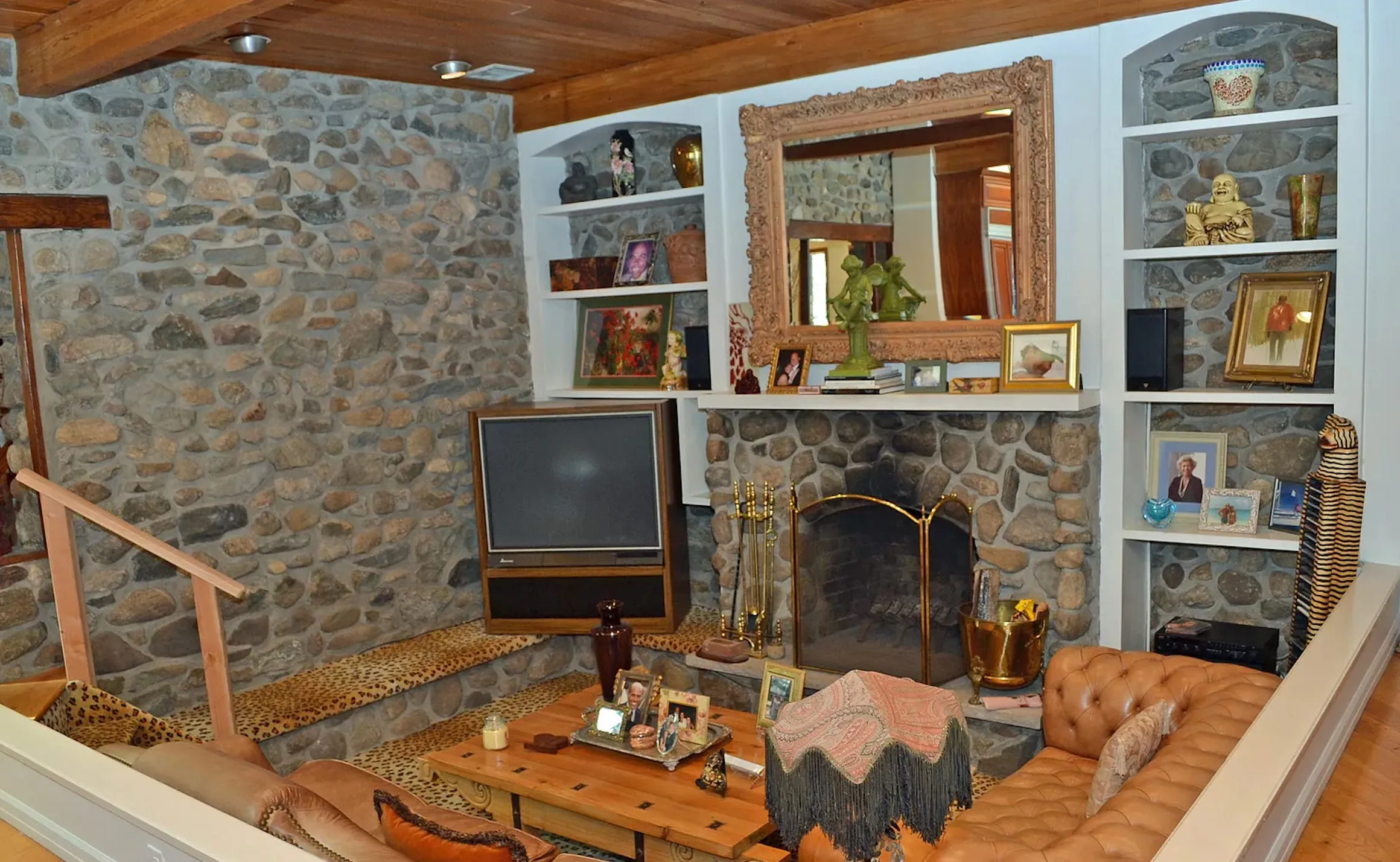
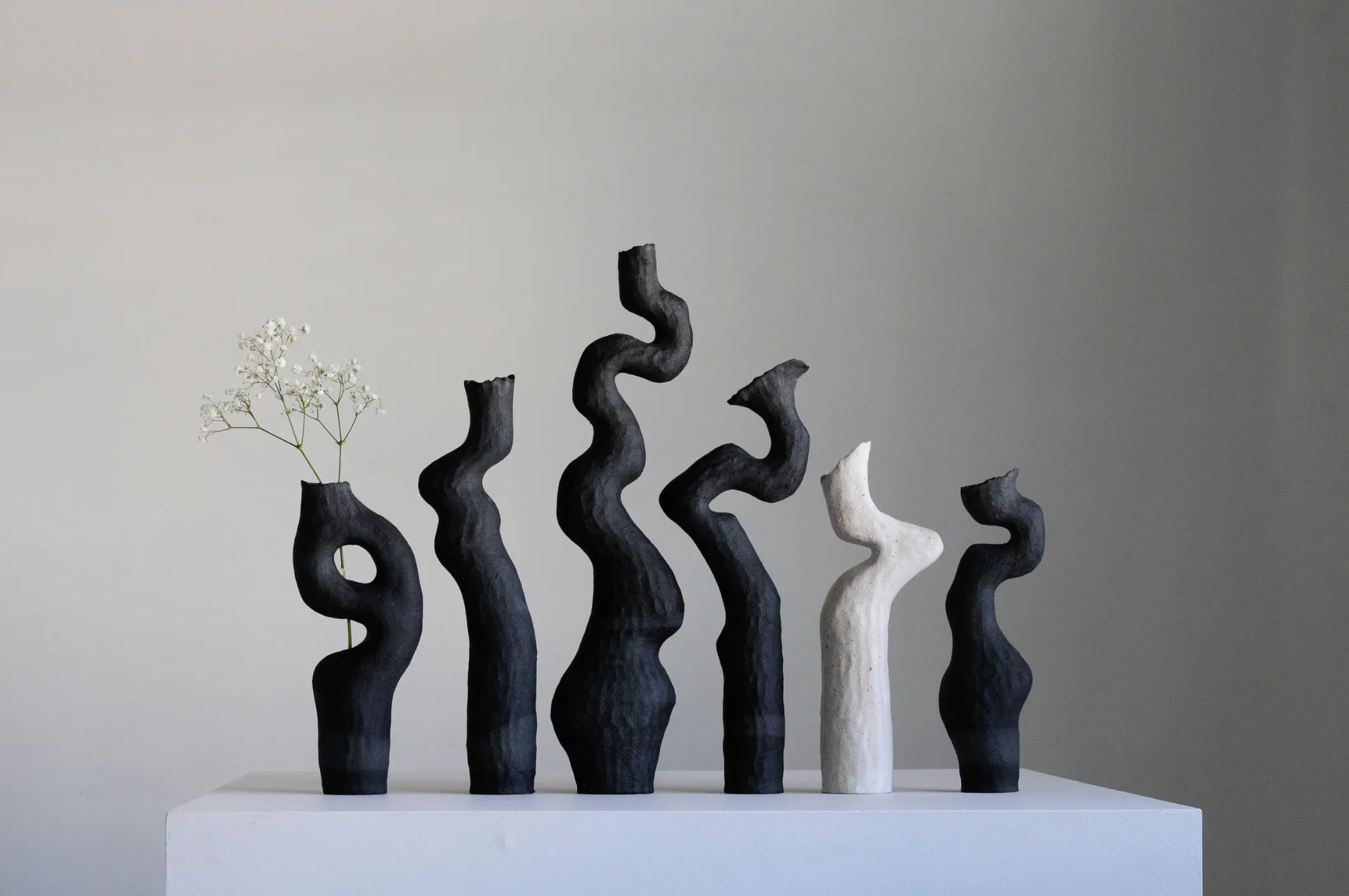

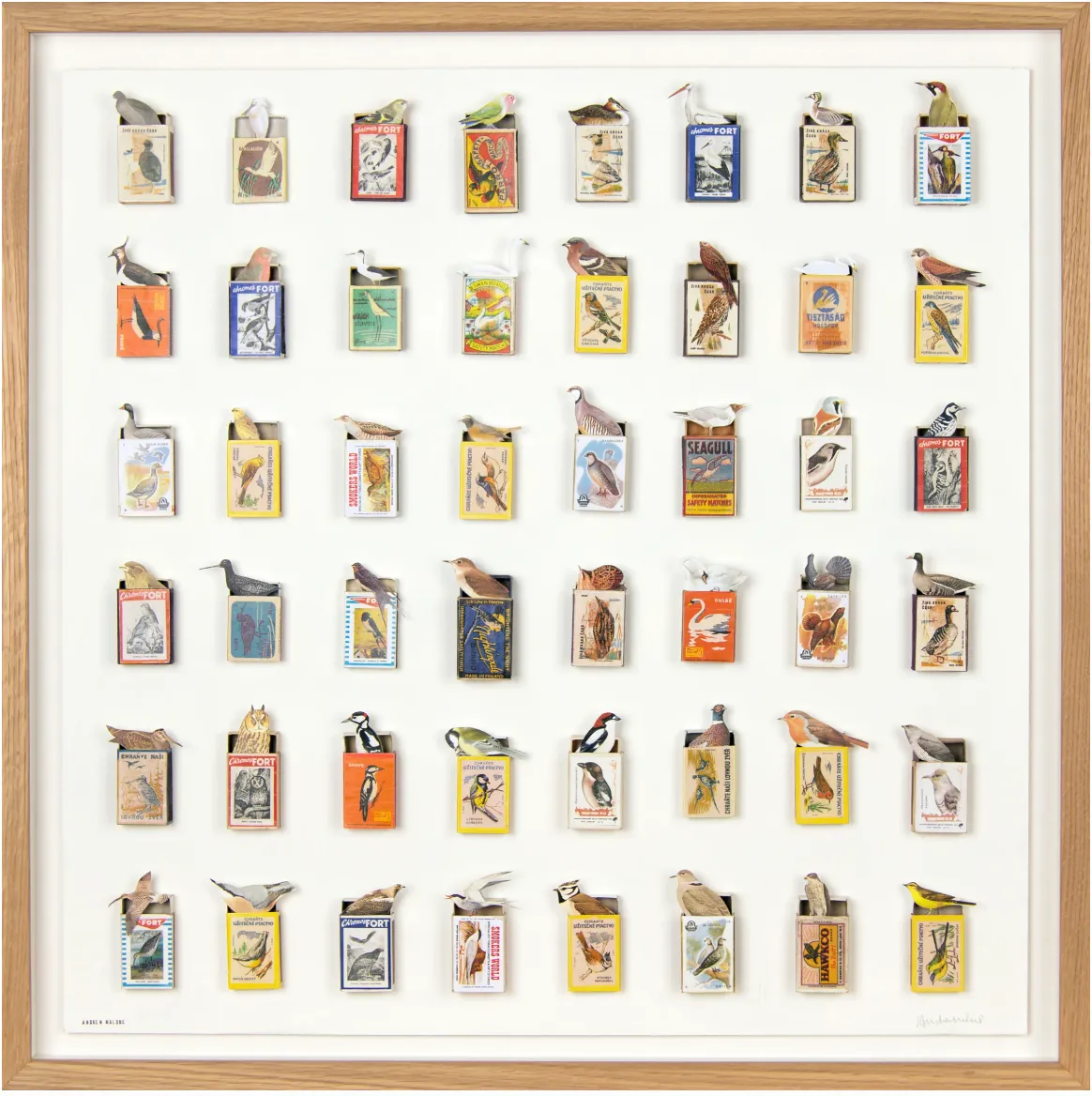

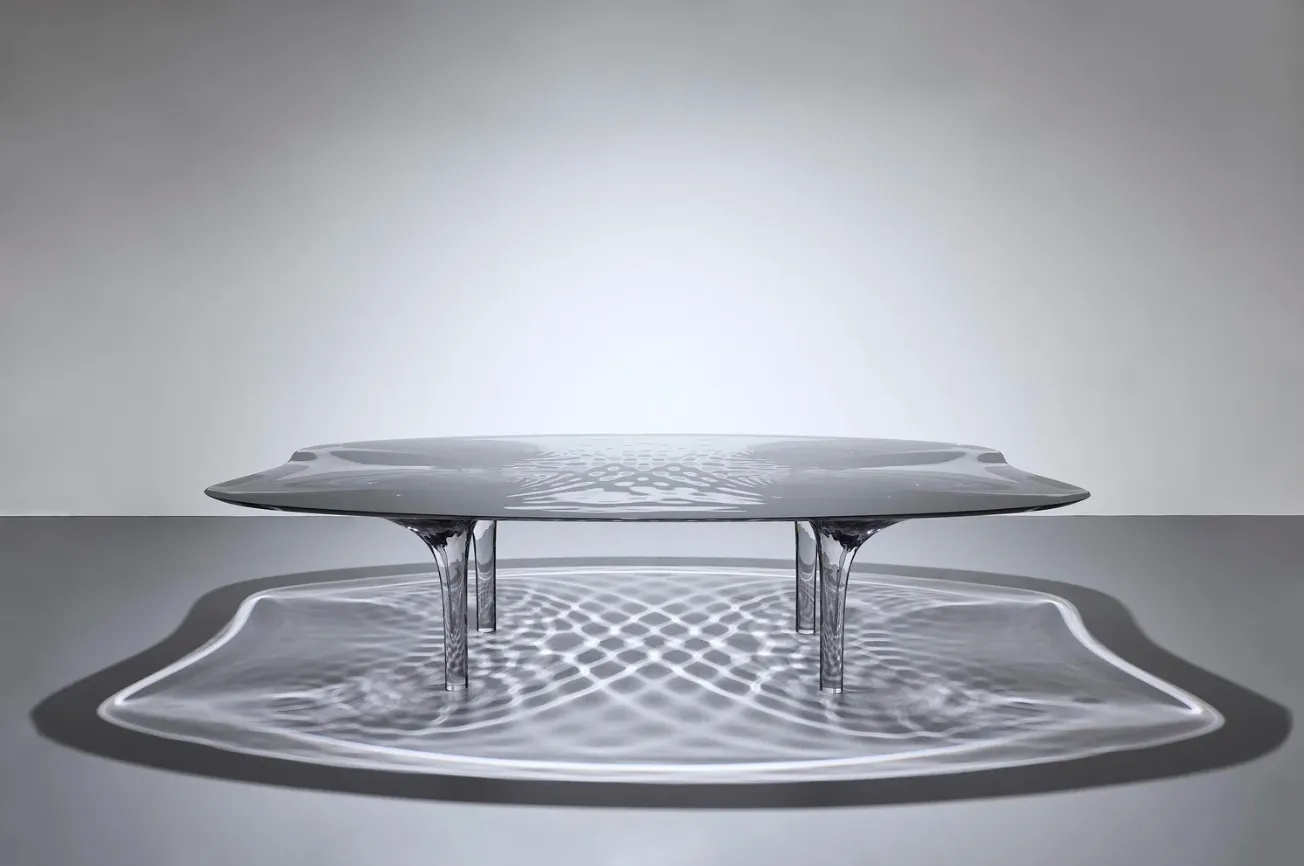
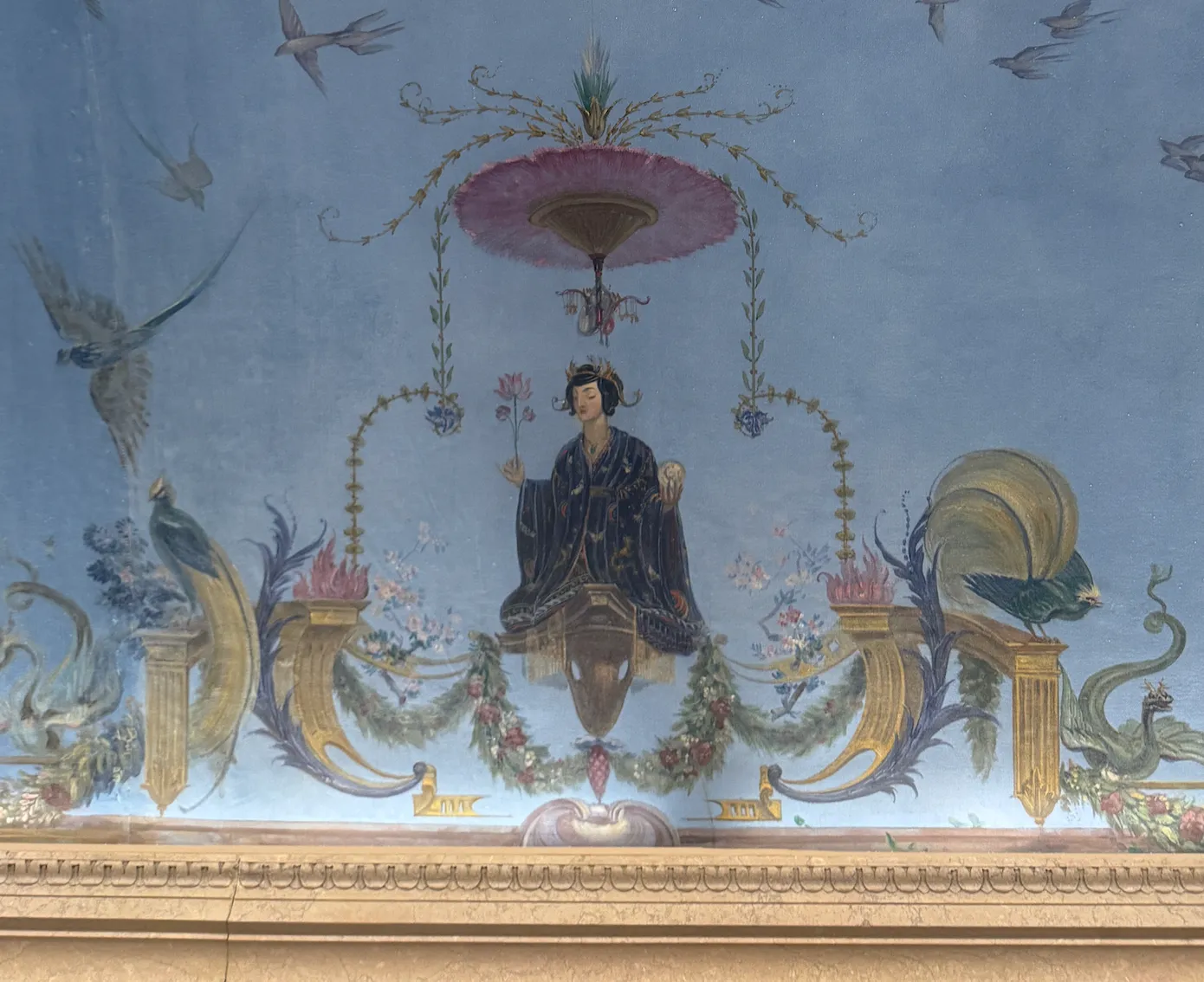
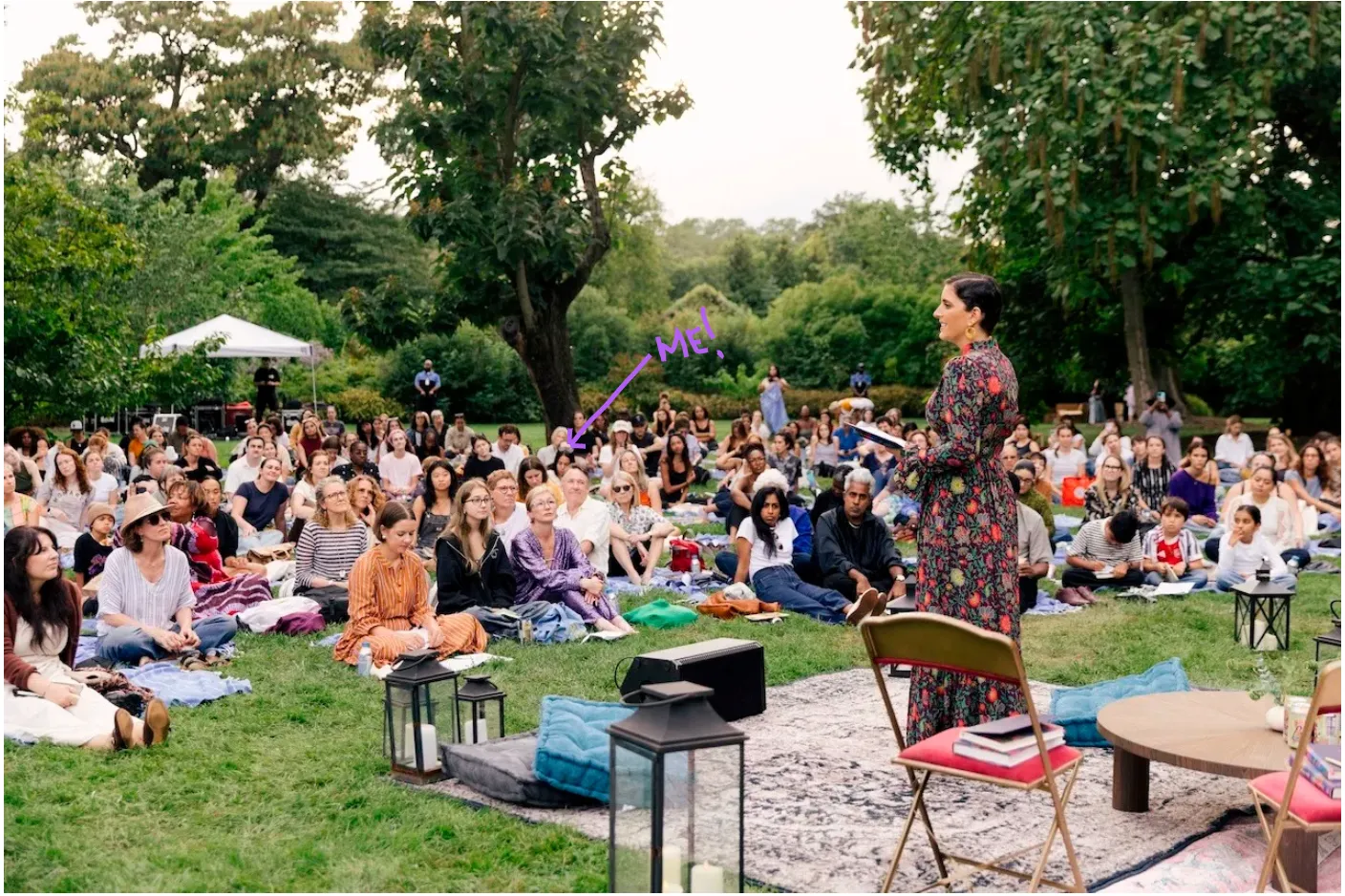
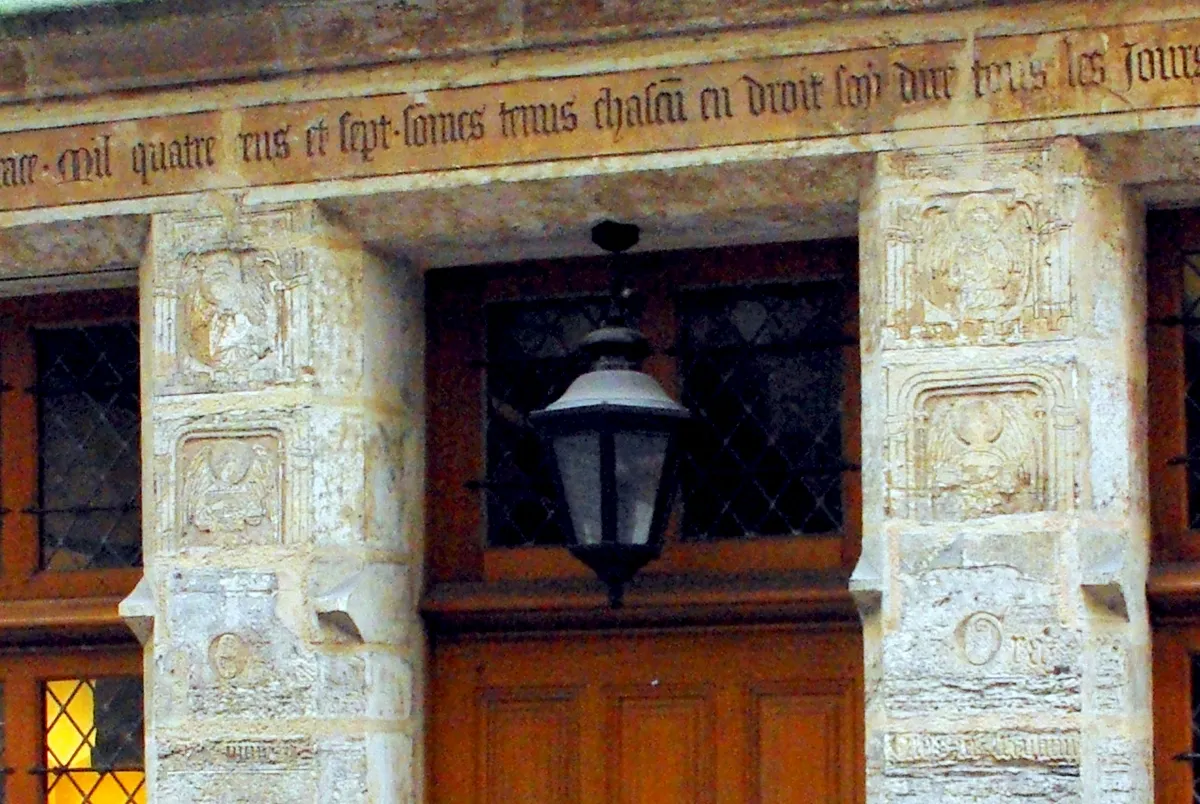
.webp)

.webp)
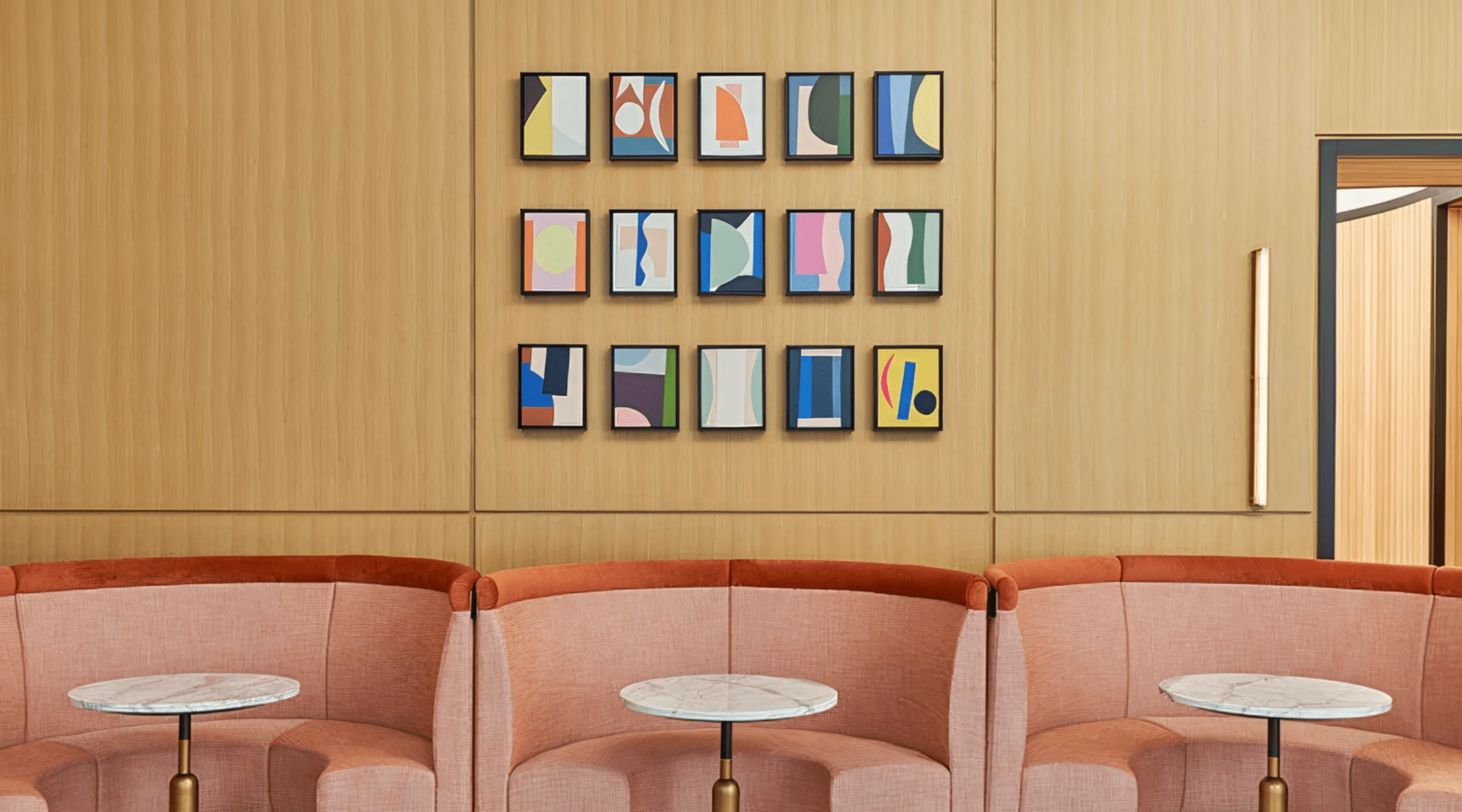
.webp)
.webp)
.webp)
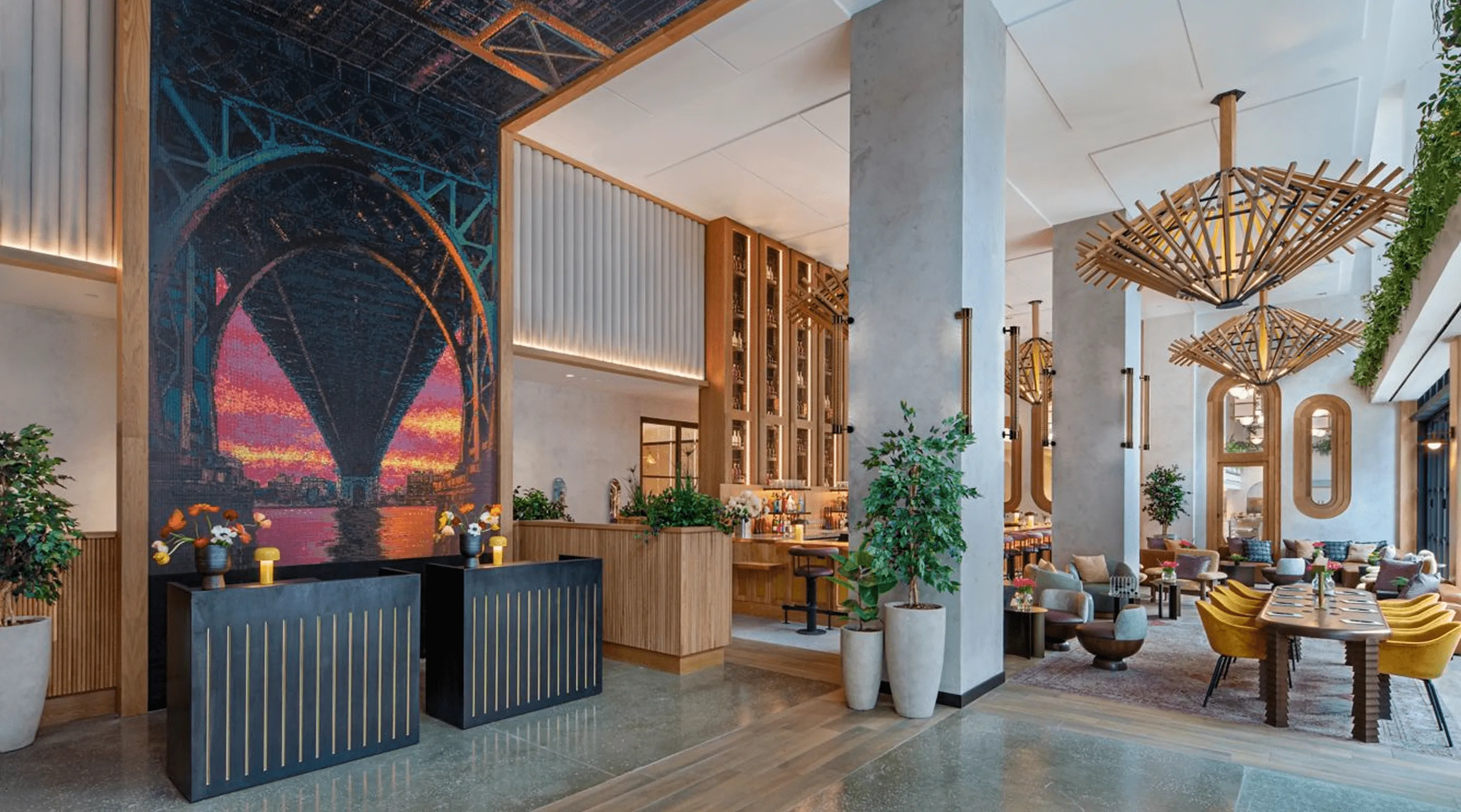
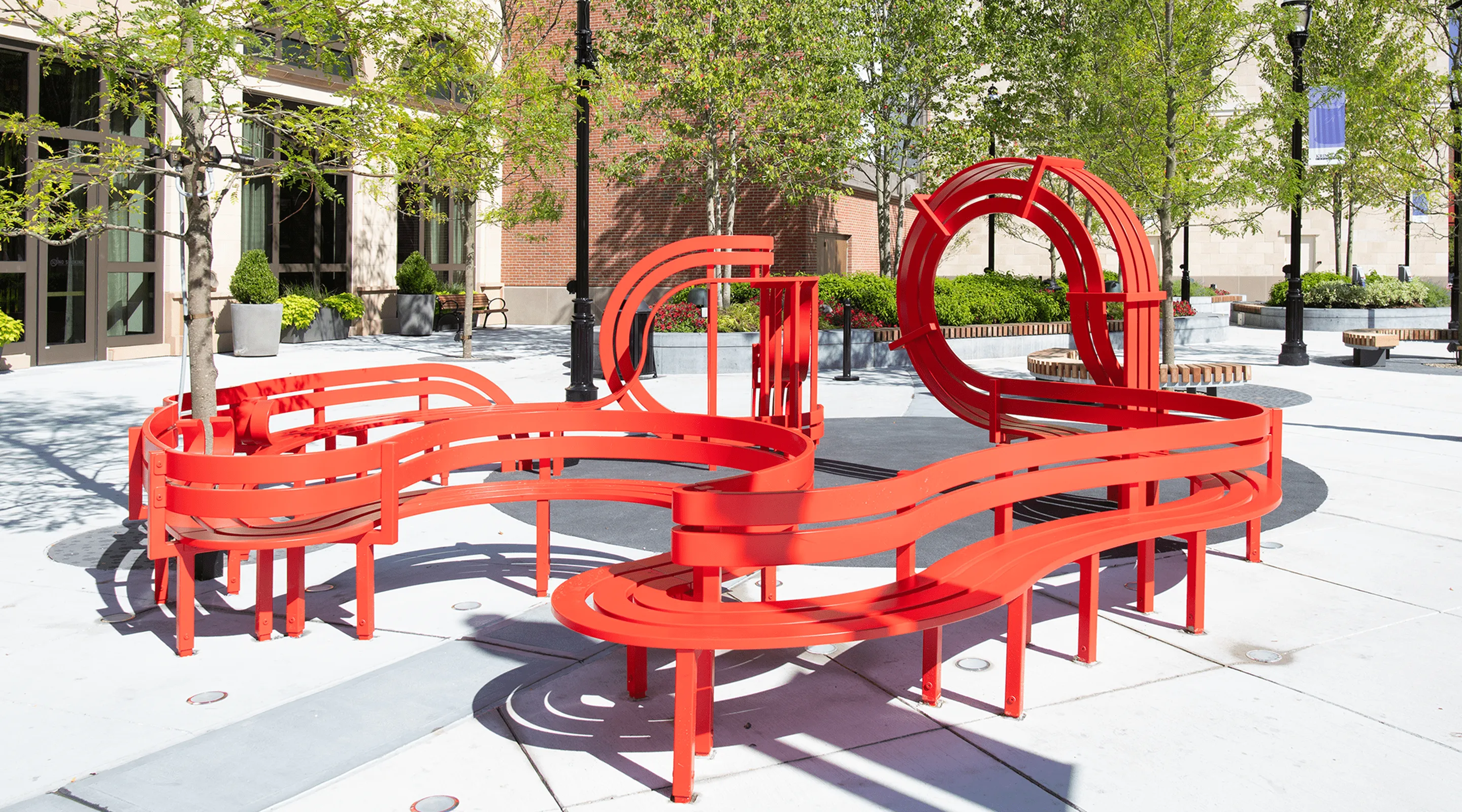
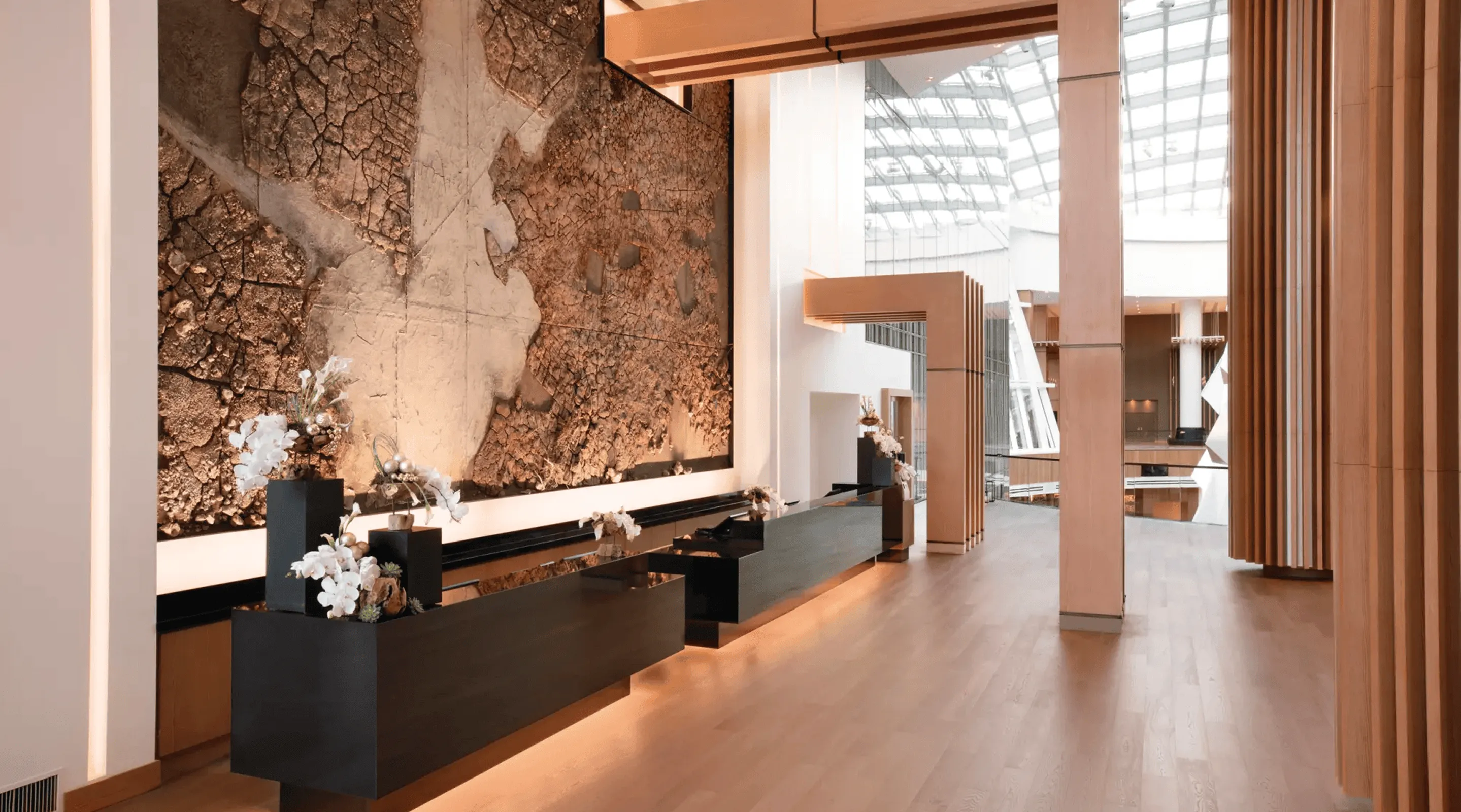
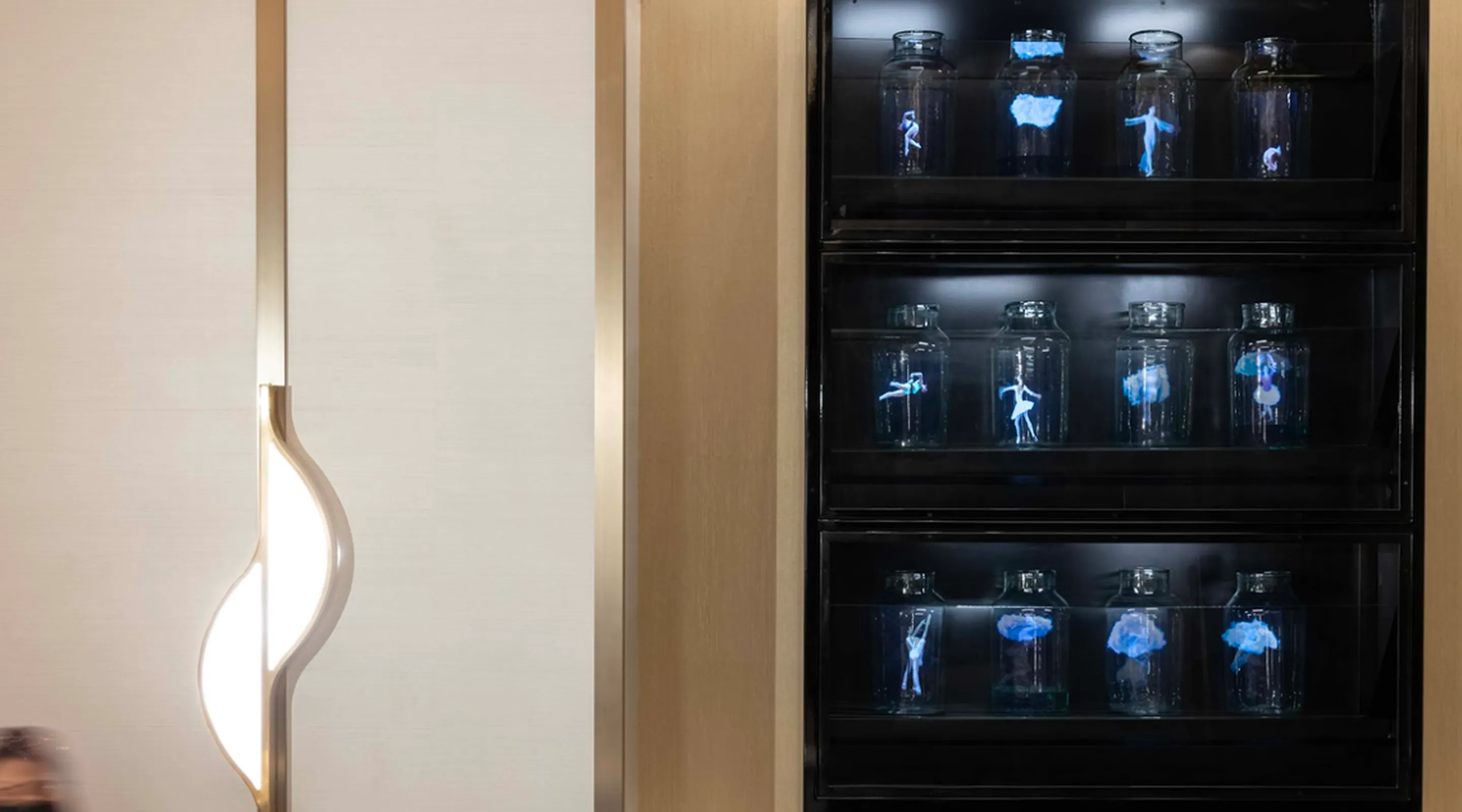
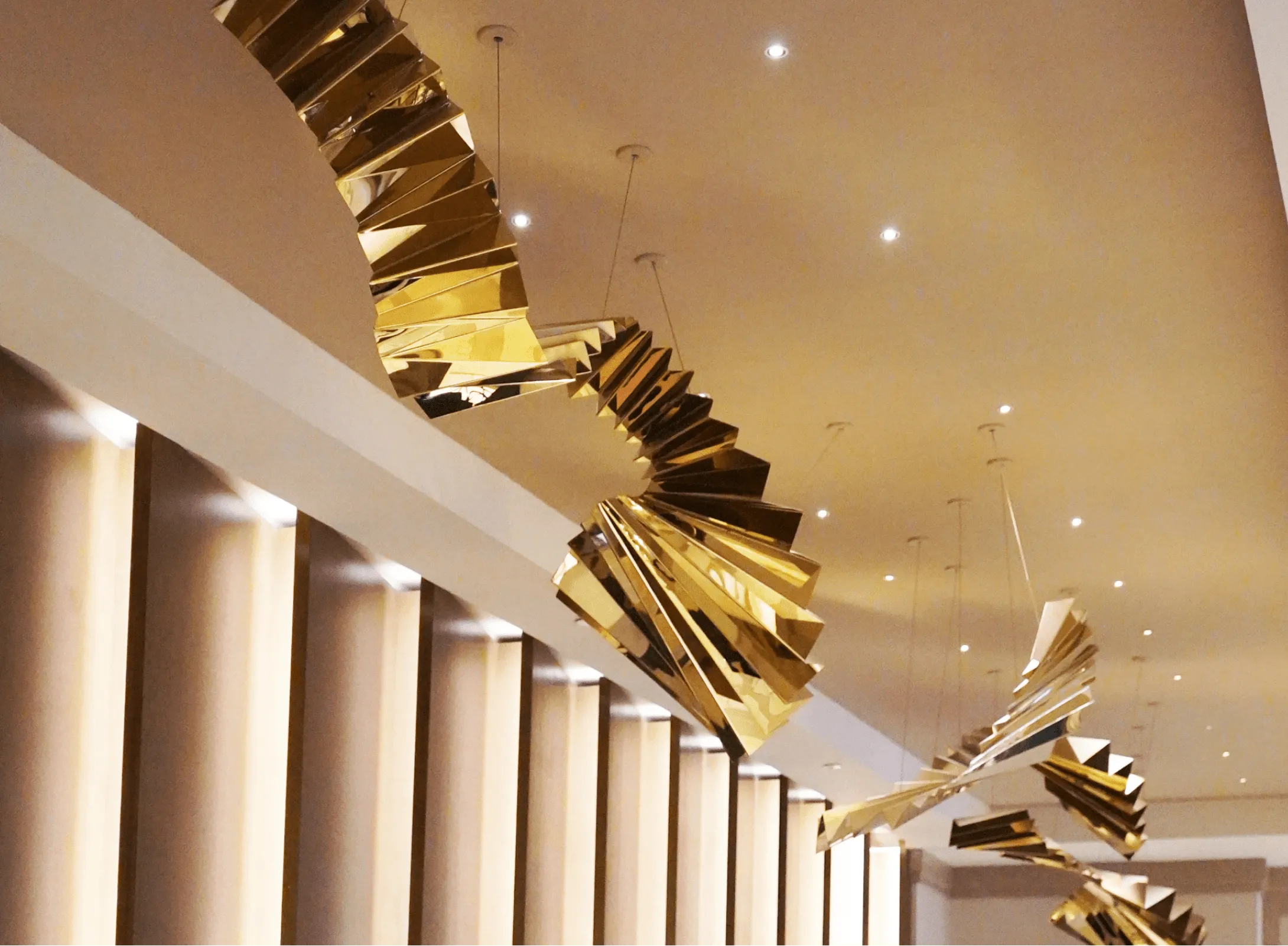
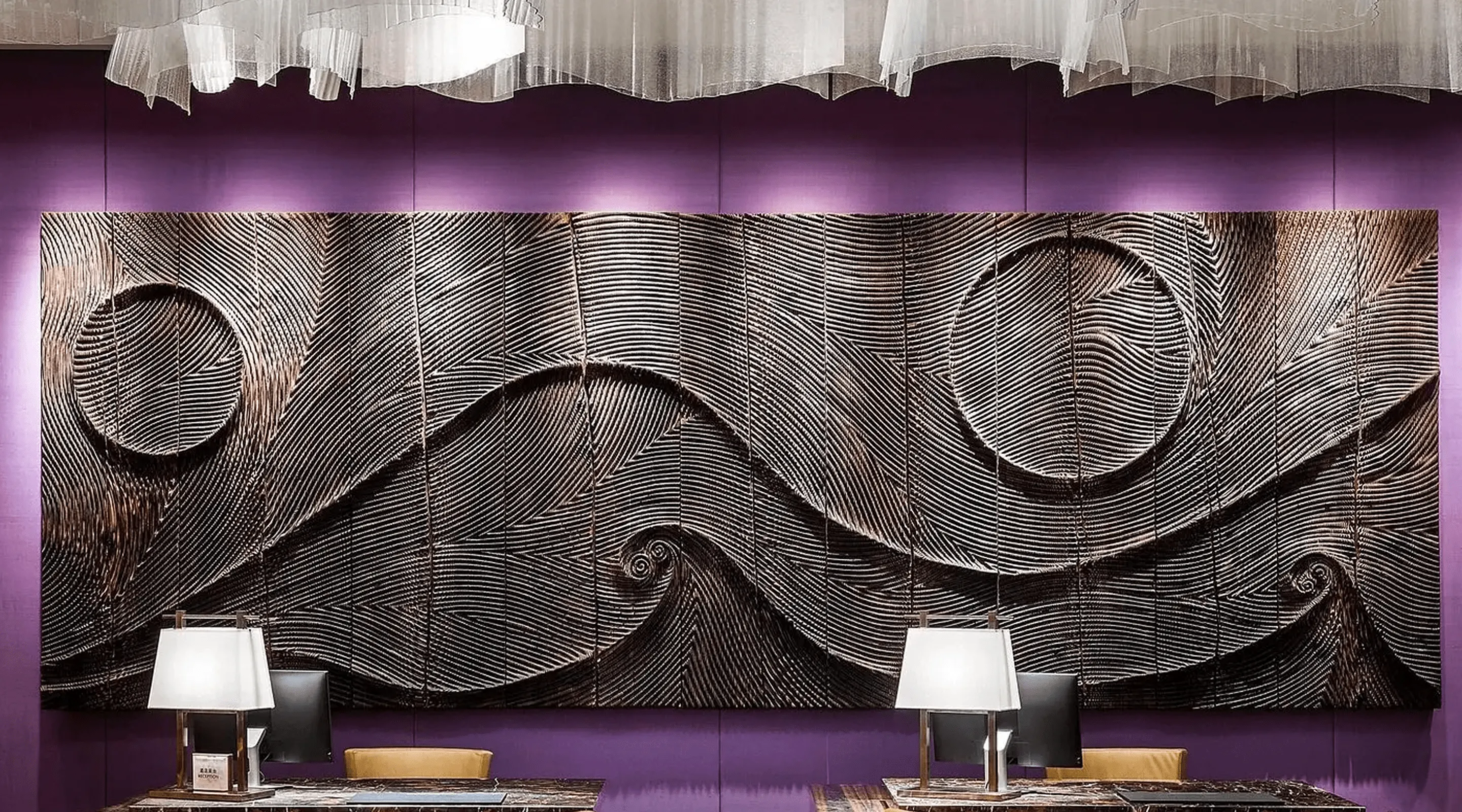
-min.webp)